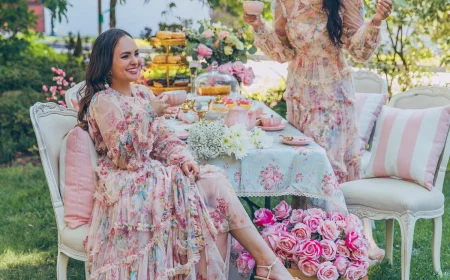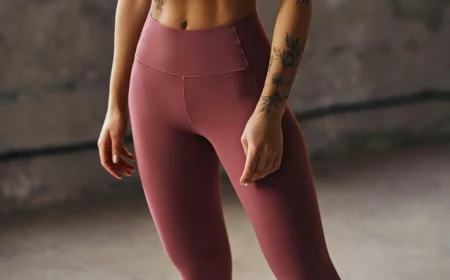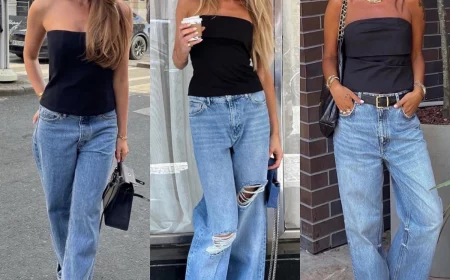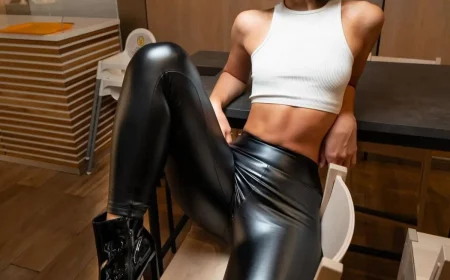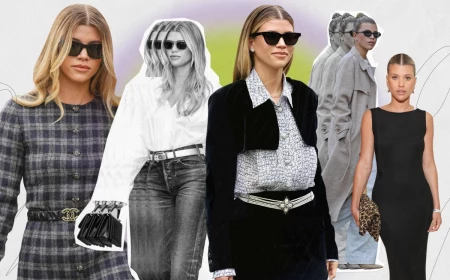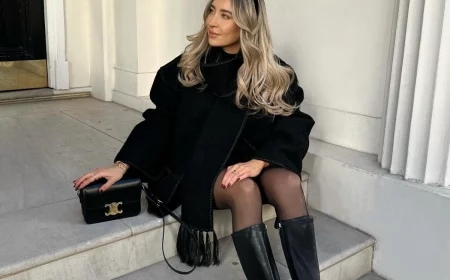Forget Fast Fashion: Here’s How to Build an Autumn Wardrobe That Actually Lasts
There’s a certain feeling in the air when autumn rolls in, right? It’s that crispness that hits the back of your throat and a change in the light that makes all the colors feel deeper and richer. For me, after years of helping people untangle their closets, this shift means it’s time to get back to the art of thoughtful dressing. We’re moving on from the simple “throw on a dress” ease of summer and into the craft of actually building an outfit. It’s all about texture, warmth, and function playing together.
In this article
It’s so easy to get overwhelmed by the flood of new trends every September. But honestly, a wardrobe that truly works for you isn’t built on whatever’s new this season. It’s built on a solid foundation of quality materials and smart construction. It’s about investing in core pieces you’ll love for a decade, not just for a few months.
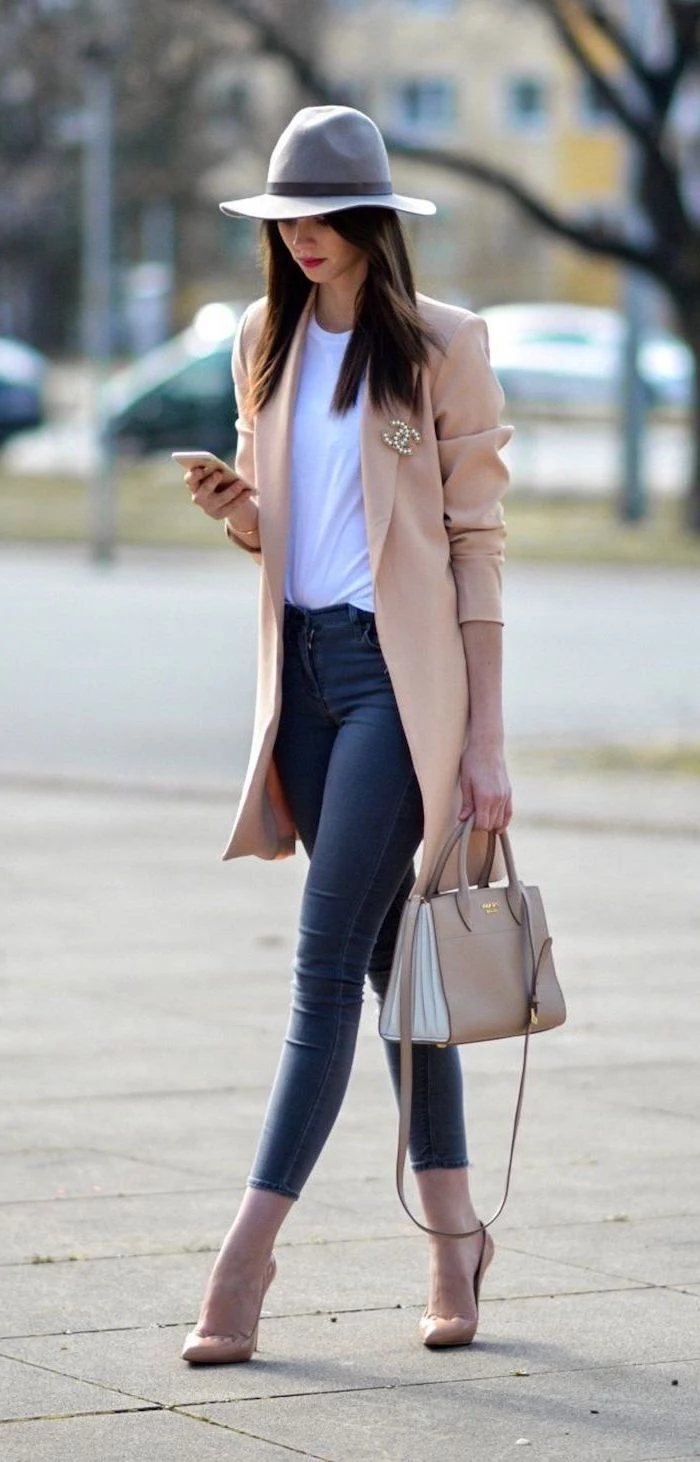
So, before you buy anything, let’s do a little homework. Go to your closet right now, grab your most-worn autumn coat, and find that little fabric tag on the inside. What does it say? Is it mostly wool, or is it polyester and acrylic? The answer to that one question will tell you almost everything you need to know about why you feel either perfectly cozy or constantly chilled all season long.
Let’s Talk Fabrics: The Real Foundation of Your Wardrobe
Before you even think about buying a new sweater, you have to get familiar with the materials. Seriously. The performance of your entire autumn wardrobe hinges on the fabrics you choose. A cheap acrylic sweater might look like a wool one on the hanger, but the moment you step out into the cold, damp air, you’ll feel the difference. This is the first thing I teach anyone who asks for my advice: learn to read the fabric tag before you even glance at the price.
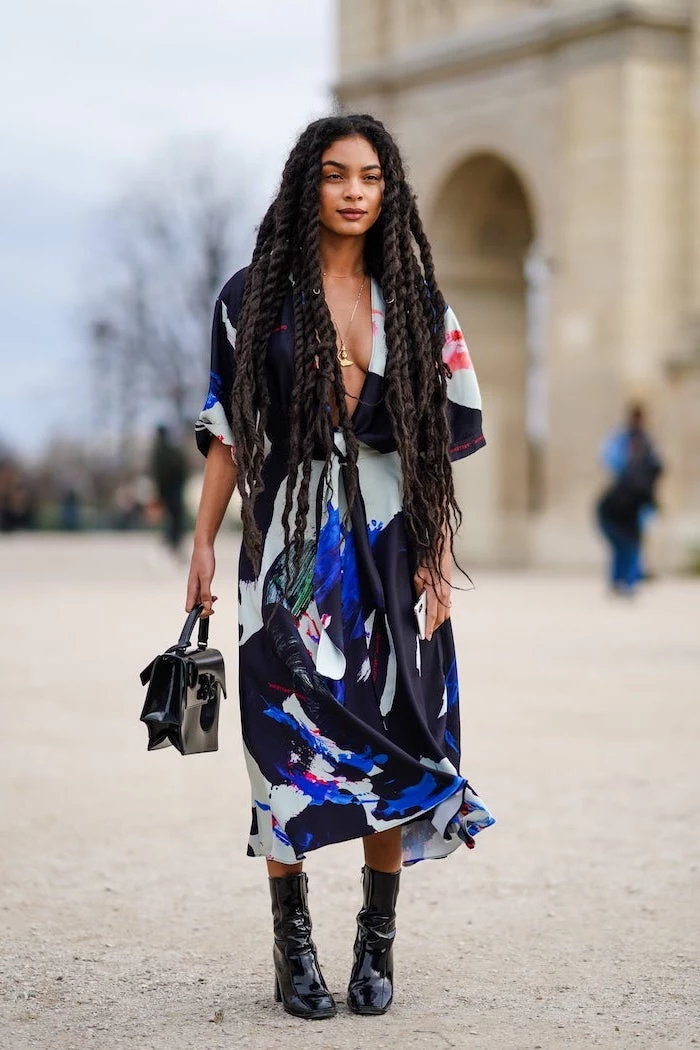
Why Some Fabrics Just Feel Warmer
Warmth isn’t just about how thick a fabric is. It’s about two things: trapping air and managing moisture. Natural wool fibers have this amazing natural crimp that creates thousands of tiny air pockets. These pockets trap your own body heat, basically creating a personal insulation layer. Most synthetics, like acrylic, are just straight, smooth fibers, which is why they can feel bulky but not nearly as warm.
And then there’s breathability, which is just as important. Think about walking from a chilly street into an overheated office. Your body needs to release that extra heat and moisture. Natural fibers like wool and cotton are champs at this. Wool, for instance, can absorb up to 30% of its own weight in moisture without ever feeling damp, pulling it away from your skin. This is what prevents that clammy, chilled feeling you get from a sweater that can’t breathe.
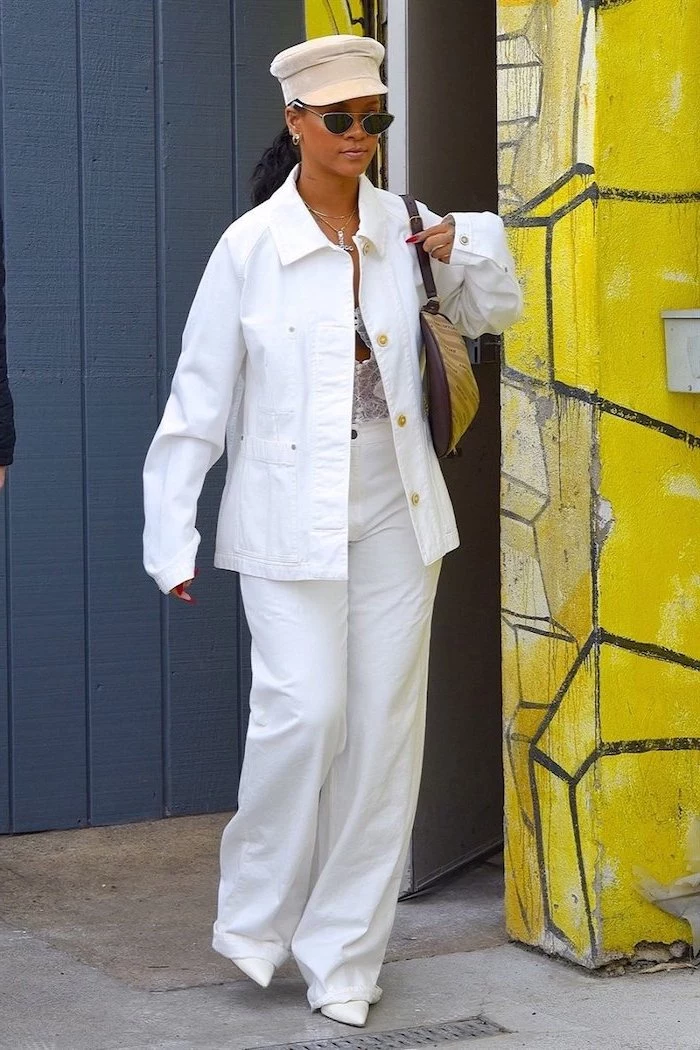
The Deal with Wool (It’s Not All the Same)
Wool is pretty much the king of autumn fabrics, but there’s a huge difference between the types. Knowing what you’re buying is the key to a smart investment.
- Merino Wool: This is the soft, fine stuff. It’s not itchy, which makes it perfect for pieces you wear right next to your skin, like long-sleeved tees or lightweight sweaters. A few merino base layers are an absolute game-changer for travel—they give you warmth without any bulk and you can wear them for days without them smelling. Good to know: You can find excellent, affordable merino at places like Uniqlo, with prices often in the $40 to $80 range for a solid base layer.
- Cashmere: This is the gold standard for soft, luxurious warmth. Real cashmere is incredibly insulating for its weight. But—and this is a big but—the market is flooded with cheap, low-quality versions. A good indicator of quality is looking for a “2-ply” knit, which means two strands of yarn were twisted together, making it much more durable. Gently rub the fabric in the store; if it starts pilling right away, it’s probably made from short, cheap fibers that won’t last. A good cashmere sweater is an investment, easily running $150 to $300+, but a bad one is just a waste of money.
- Lambswool & Shetland Wool: These are your rugged, everyday workhorses. Lambswool is soft yet strong, while Shetland is a durable classic known for its textured, traditional feel. These are perfect for those casual, cozy sweaters you live in all weekend. I have a Shetland sweater that’s seen more than its fair share of autumns, and it’s only gotten softer and better with age. For this kind of heritage quality, you can look to brands like Pendleton, and expect to pay around $100 to $180 for a piece that will last forever.
Oh yeah, a quick tip: Look for the Woolmark logo on the tag. It’s an easy way to verify that you’re getting 100% new wool that meets some pretty strict quality standards.
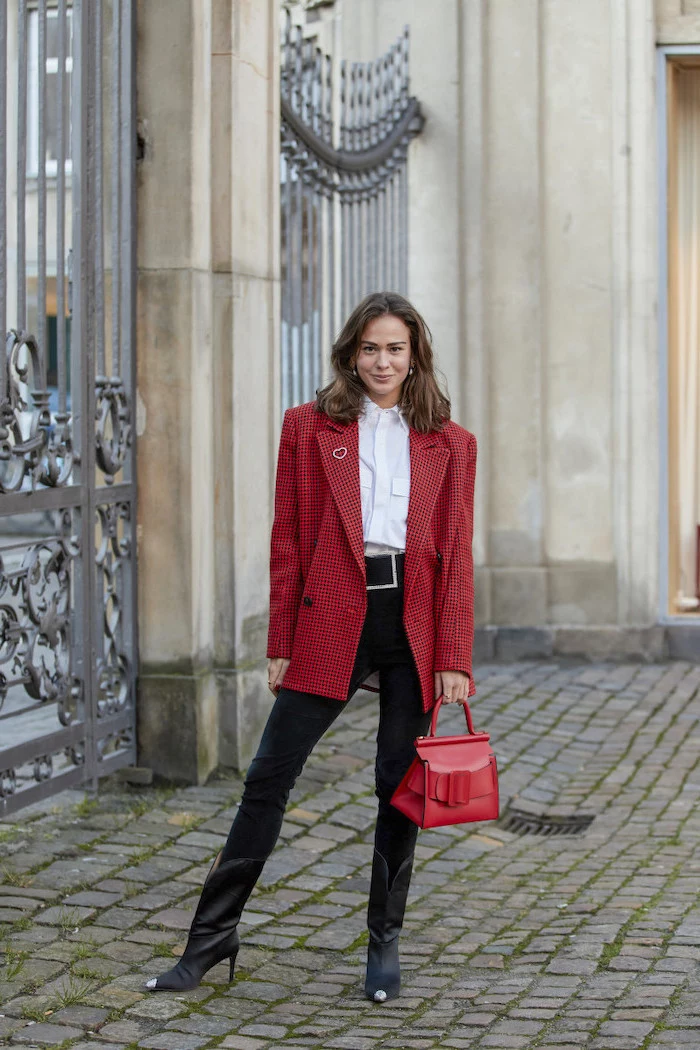
Don’t Forget These Other Fall Essentials
Cotton still has a place in the fall, just in heavier, more textured forms.
- Corduroy: A true autumn classic. Those ridges, called ‘wales,’ add texture and make the fabric super durable. A lower wale count (like 8-wale) gives you thick, chunky ridges perfect for sturdy pants, while a higher count (like 14-wale) is finer and better for shirts.
- Twill and Denim: Your chinos and trench coats are likely made from a heavy cotton twill, whose diagonal weave makes it strong. Denim is just a type of twill. For fall, look for denim that’s at least 12 ounces for better structure and warmth.
- Flannel: Flannel gets its signature softness from a process called napping, where the fabric is literally brushed to raise the fibers. This also helps trap air, making it surprisingly warm for how light it is.
A Word on Leather and Suede
A great leather jacket is one of the best investments you can make for your wardrobe. It’s a fantastic windbreaker and, if you care for it, will last a lifetime. Here’s what you need to know: always check the tag. You want to see the words “full-grain” or “top-grain.” That’s the real deal that ages beautifully. Avoid anything that just says “genuine leather,” which is often a lower-quality product made from bonded scraps. A real full-grain jacket is an investment, usually starting around $400, but it pays for itself.
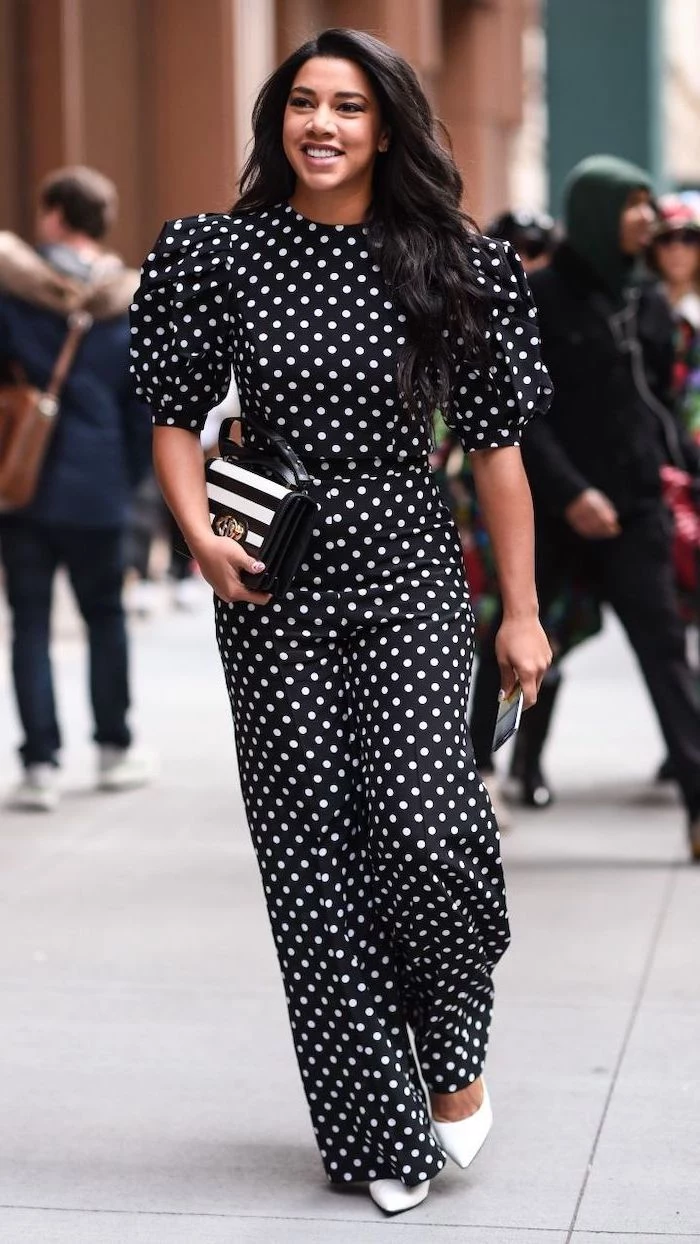
Suede is just leather with a soft, fuzzy finish. It’s gorgeous, but it’s a bit high-maintenance since it stains easily. A good waterproofing spray is a must, and for serious cleaning, always take it to a pro who specializes in leather.
How to Actually Build Your Wardrobe, Step-by-Step
Okay, now that you’re a fabric expert, let’s talk about the clothes. A functional wardrobe isn’t about having a million options; it’s about having the right options that all work together. I call it the ‘Core Garment Method’—we secure the most important pieces first.
Your First Big Investment: The Perfect Autumn Coat
Your coat is the hardest-working piece in your autumn lineup. It’s what everyone sees, and it’s what keeps you from freezing. This is where you should plan to spend a good chunk of your budget.
- Fabric First, Always: For a coat that provides real warmth, you want to see a fabric blend that’s at least 70-80% wool. A little bit of nylon (maybe 10-20%) can add durability, which is fine, but avoid coats that are mostly polyester if you live anywhere with a real winter. I once helped a client who was always cold, despite owning several cute coats. Turns out, they were all over 80% polyester. We swapped them for one high-quality wool coat, and problem solved. Expect to invest between $350 and $700 for a quality wool coat that will last a decade. The cost-per-wear makes it a bargain in the long run.
- Check the Details: Turn the coat inside out. Is it fully lined with a smooth fabric that will glide over your sweaters? Is the stitching tight and even? Are the buttons sewn on securely, with a little bit of room for the fabric to move? These are the little signs of a well-made garment.
- The Fit Test: Heads up! Always, always try on a coat while wearing a thick sweater. You need to be able to move your arms freely without the shoulders feeling like they’re about to split.
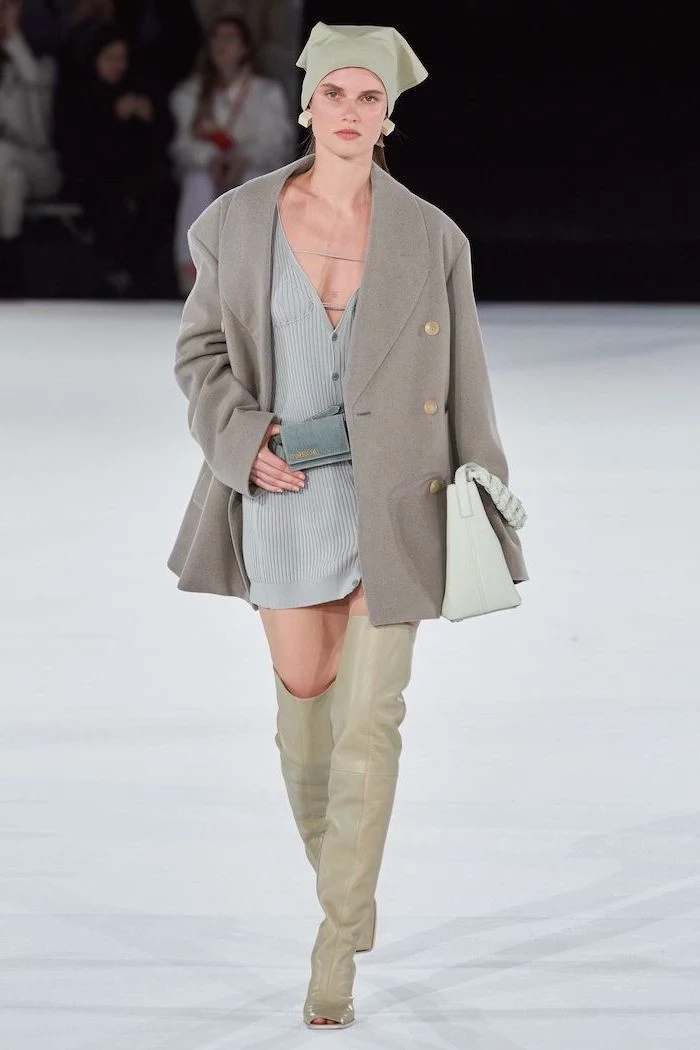
The Pro Move: Mastering the Three Layers
Layering is a skill, but it’s not complicated. The pros think in three distinct layers for total comfort and control.
- The Base Layer: This is what’s next to your skin. Its only job is to manage moisture. Think fine merino wool, silk, or tencel. (Try to avoid cotton as a base layer on really cold days, as it holds sweat and can make you feel damp and chilled).
- The Mid-Layer: This is your insulation and your style piece. It’s your sweater, cardigan, or fleece vest. A classic crewneck in lambswool or a simple cashmere v-neck are timeless options here.
- The Outer Layer (or Shell): This is your coat or jacket. Its job is to protect you from the elements—wind and rain. This could be your wool overcoat, a classic trench, or a waxed cotton jacket.
For example, a perfect damp-day outfit could be a merino wool tee (base), a lambswool crewneck (mid), and a waxed cotton jacket from a heritage brand like Barbour (shell). See how that works? You can peel off layers as you move from outdoors to indoors and always be comfortable.
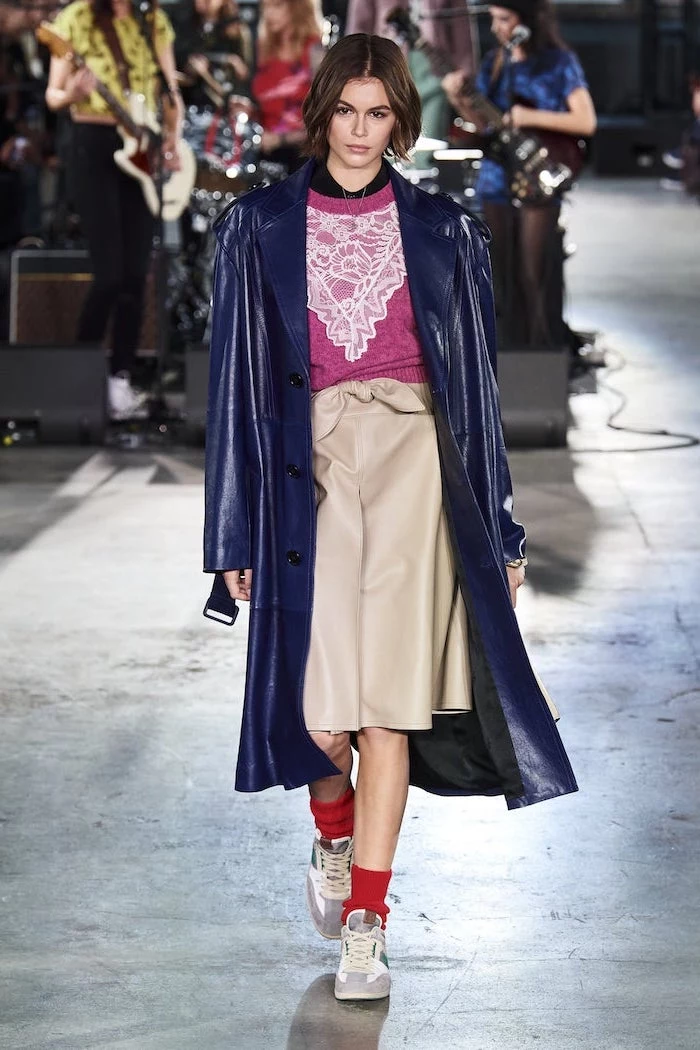
Quick Sanity Check: Are You Making These Autumn Wardrobe Mistakes?
From my experience, a few common slip-ups can sabotage even the best intentions. Take a second and see if any of these sound familiar.
- Ignoring the fabric tag. This is the number one sin! A garment’s good looks mean nothing if the material can’t do its job of keeping you warm and comfortable.
- Buying a coat without trying it on over a chunky sweater. This leads to that tight, restricted feeling all winter. You buy a beautiful coat and then barely wear it because it doesn’t fit over your actual winter clothes.
- Hanging your heavy knit sweaters. Please, I’m begging you, don’t do this! The weight of the sweater will pull the shoulders and body completely out of shape. Always fold your knits and store them flat.
Where to Spend and Where to Save
Building a quality wardrobe doesn’t mean you have to be rich. It just means you have to be strategic.
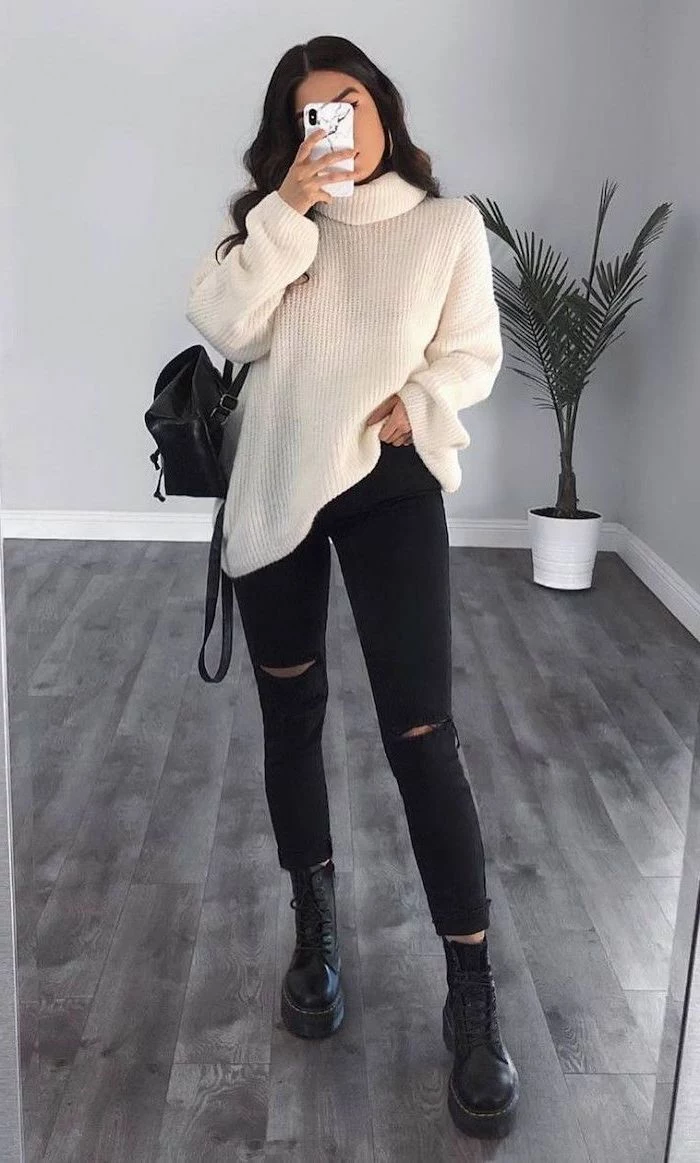
My advice is always to spend the most on the items that protect you from the elements: your coat and your boots. A $600 coat that lasts fifteen years costs you $40 a year. A $120 fast-fashion coat you have to replace every other year costs you $60 a year, and it probably doesn’t even keep you that warm. The math is pretty clear.
You can definitely save money on base layers and some mid-layers. And here’s a lesser-known trick: check out thrift stores and consignment shops. A vintage wool sweater is often made from far better material than a new one from a big-box store. Just hold it up to a bright light to check for any tiny moth holes. By the way, the men’s section is often a goldmine for high-quality, 100% wool or cashmere sweaters in classic cuts.
Your Secret Weapon: A Good Tailor
Off-the-rack clothes are made for a generic mannequin, not for your unique body. A good tailor can make a $150 pair of pants look like they were custom-made for you, and it usually costs less than you’d think—maybe $20 to $40 for basic adjustments. Quick tip for finding a good one: check local online reviews, then bring them a simple garment like a blazer and ask, “Can you walk me through how you would alter this to fit me better?” A true expert will give you a confident, detailed answer that shows they know their craft.
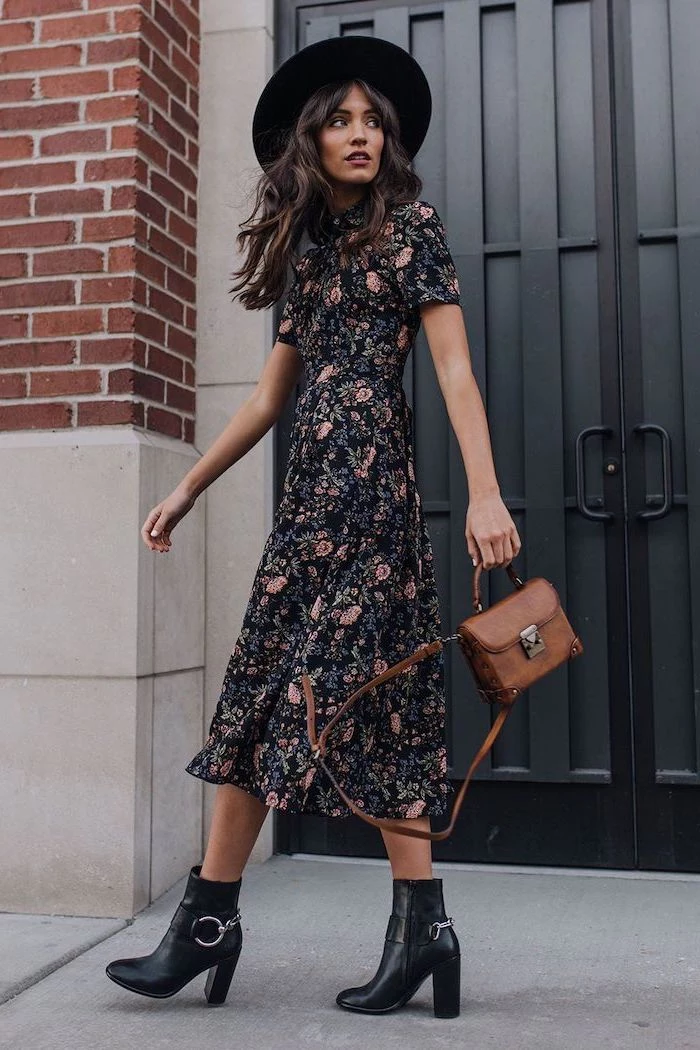
Final Thoughts on Care and Keeping Your Clothes Great
Taking care of your investments is crucial. We already covered washing and folding, but the other big enemy is the clothes moth. They love natural fibers, so always make sure your woolens are clean before you store them away for the summer. Keep them in a breathable garment bag or a sealed container with a few cedar blocks—the oil in the cedar naturally repels moths and can save you from heartbreak in the fall.
And one last thing on safety—wet autumn leaves on concrete can be as slippery as ice. Those beautiful leather-soled shoes are great, but for rainy or frosty days, make sure you have boots with a good rubber tread for traction.
Ultimately, this is all about shifting your mindset. It’s a move away from disposable trends and toward a more sustainable, personal, and satisfying way of getting dressed. When you focus on quality materials, a great fit, and proper care, you build a collection of clothes that doesn’t just look good, but truly serves you well for many, many autumns to come.
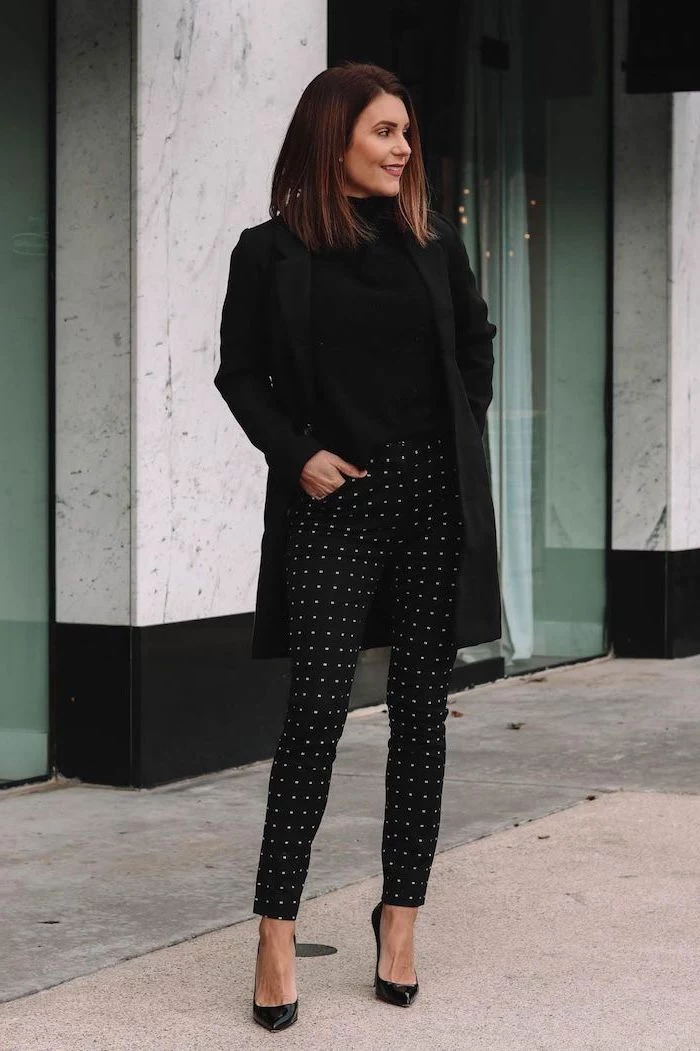
Inspirational Gallery
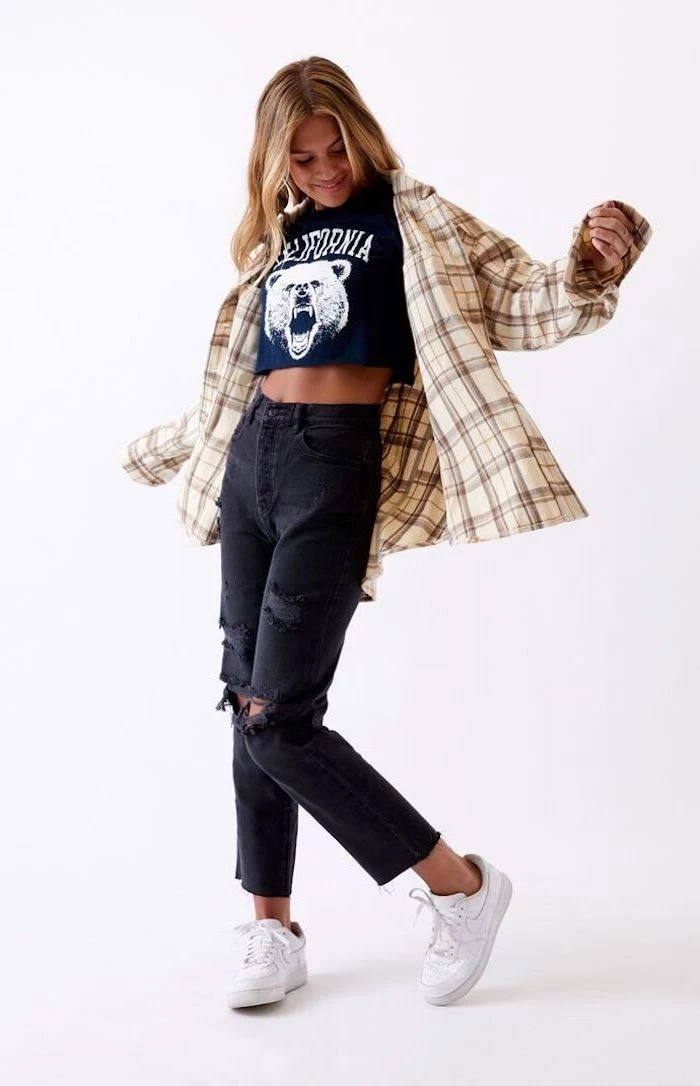
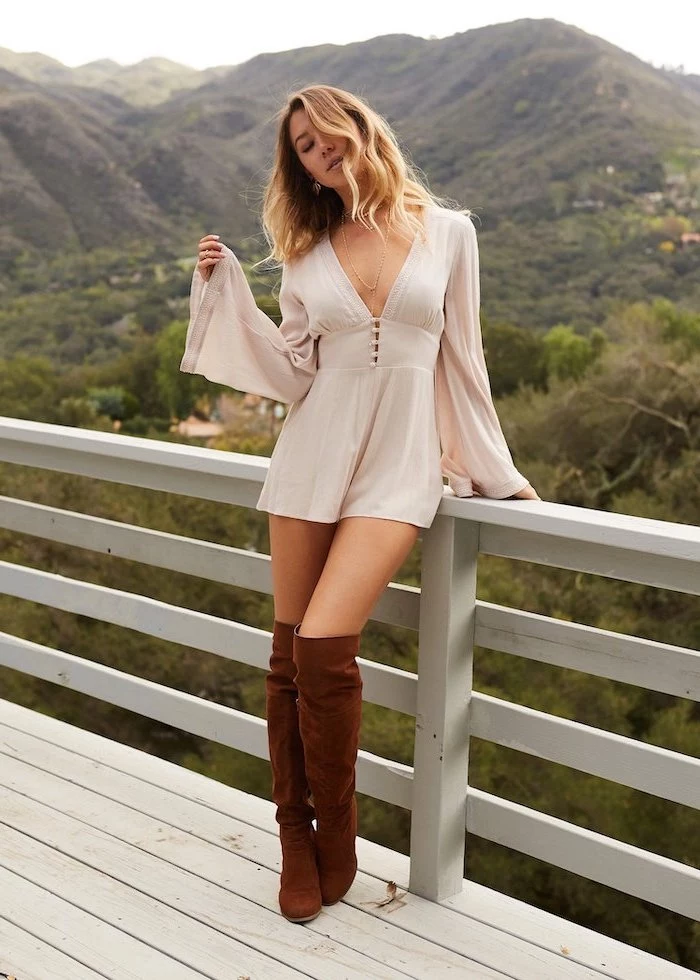
Cashmere: The ultimate in soft luxury, offering incredible warmth for its light weight. Ideal for fine-gauge sweaters that layer smoothly under blazers. It requires delicate care (hand-washing or professional dry cleaning).
Merino Wool: A versatile workhorse. It’s breathable, temperature-regulating, and more durable than cashmere for everyday wear. A chunky merino knit from a brand like Everlane or & Other Stories provides fantastic warmth without the high-maintenance fuss.
For pure indulgence, choose cashmere; for robust, daily elegance, merino is your best friend.
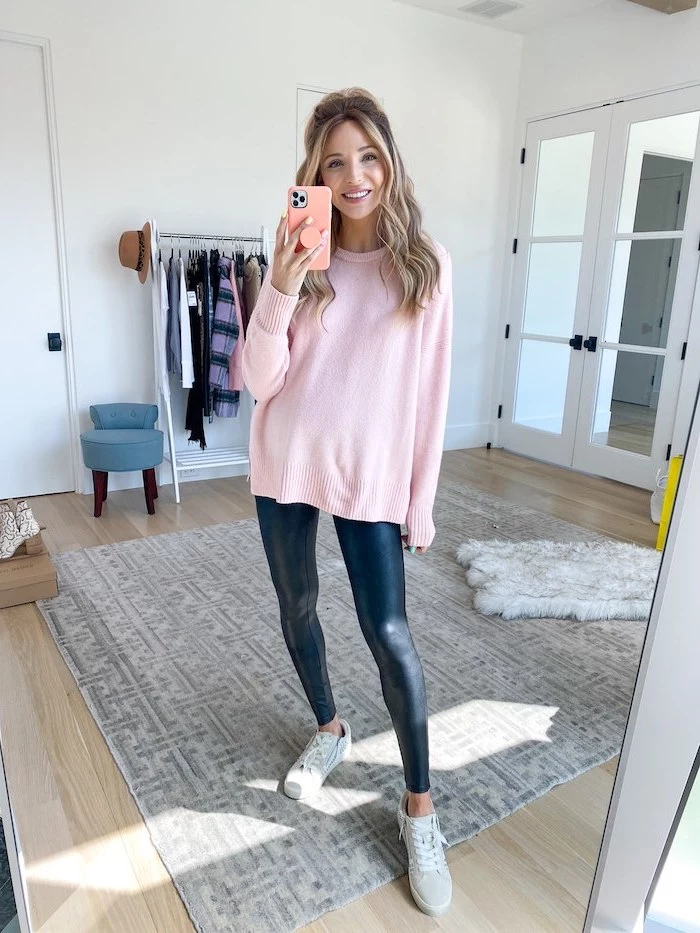
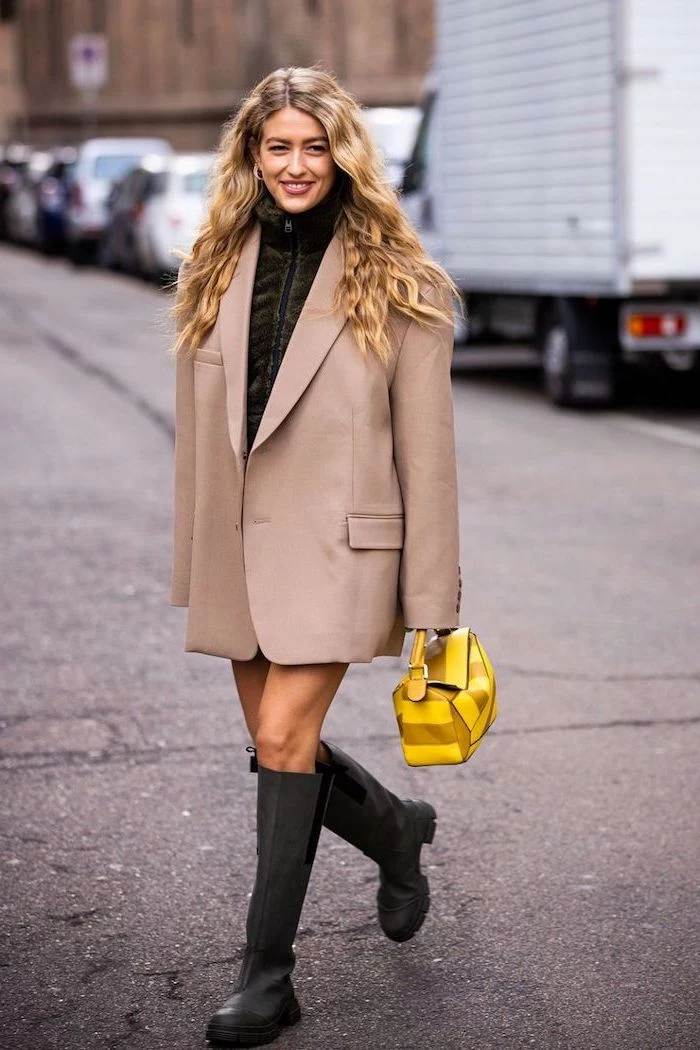
An estimated 92 million tons of textiles waste is created annually from the fashion industry.
This staggering number is why rethinking our autumn shopping habits is so crucial. Each quality piece we invest in—a wool coat we wear for a decade, leather boots we resole—is a personal stand against this cycle. It’s about shifting from consumption to curation.
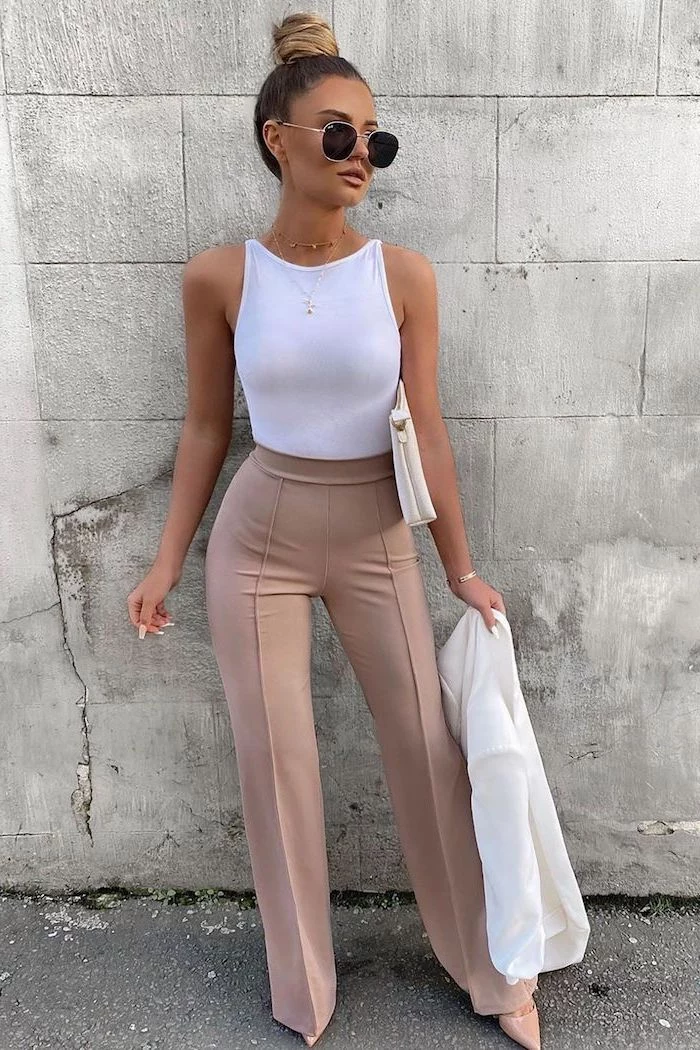
How can I keep my chunky sweaters from stretching out in the closet?
Never hang your heavy knits! The weight of the fibers will pull the garment downwards, distorting the shoulders and neckline. The professional method is to fold them neatly. For a space-saving alternative, fold the sweater in half vertically, lay the hanger hook at the armpit, and then fold the body and sleeves over the hanger bar. This distributes the weight and prevents those dreaded shoulder bumps.
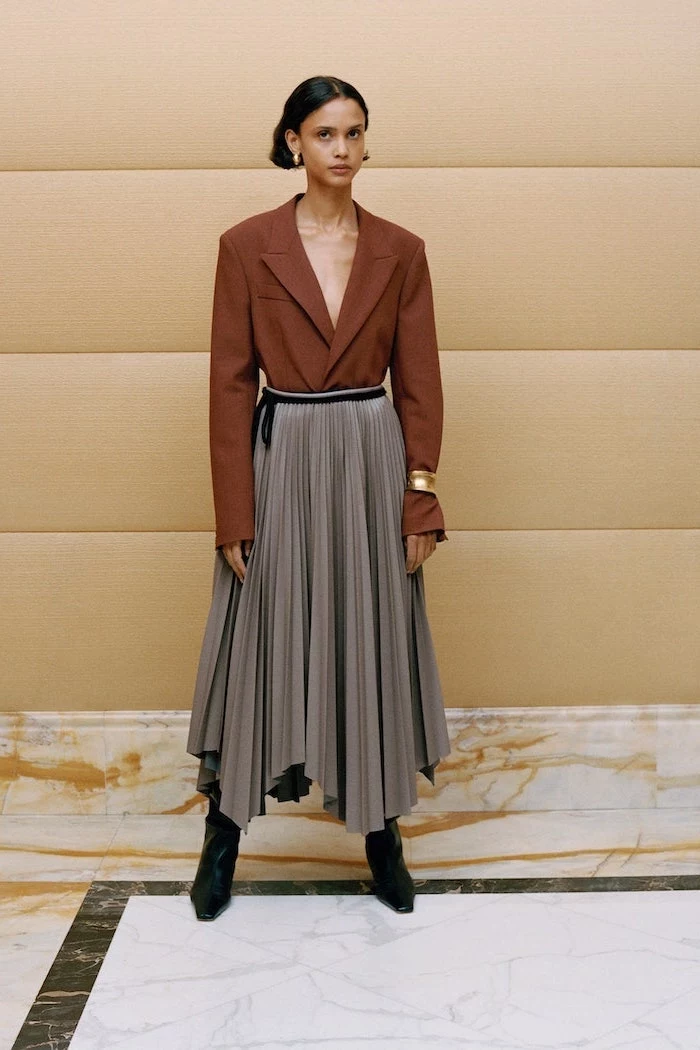
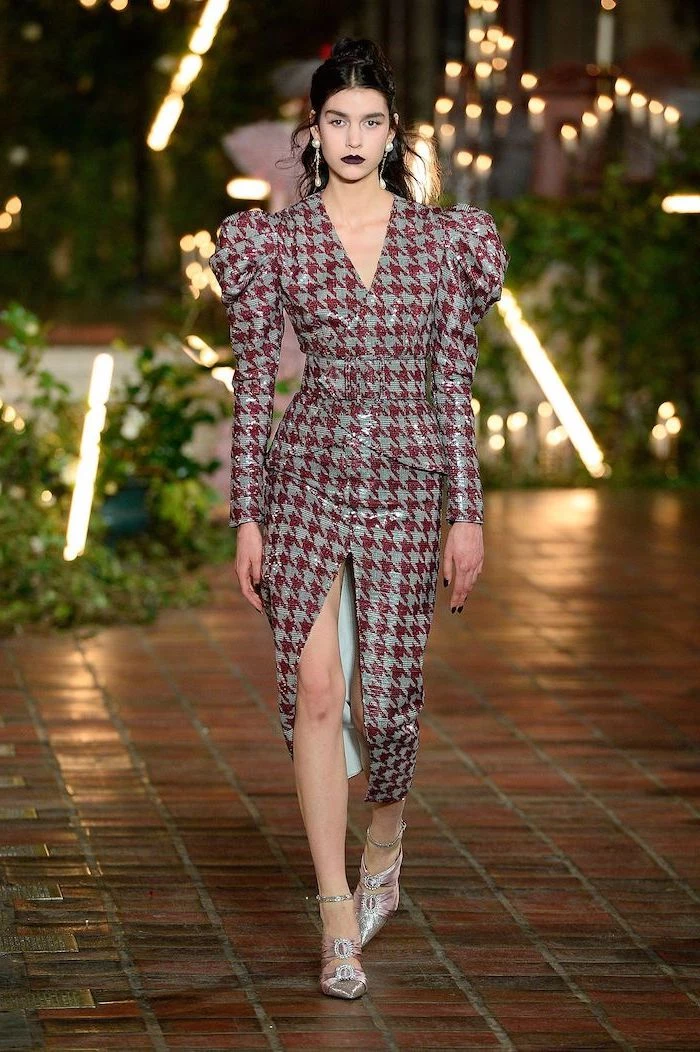
- They keep you genuinely warm.
- They elevate a simple jeans-and-tee look instantly.
- They can be dressed up for evenings or down for a weekend coffee run.
The secret? A perfectly tailored blazer in a substantial fabric like wool, tweed, or a heavy corduroy. It’s the ultimate ‘third piece’ that pulls any autumn outfit together.
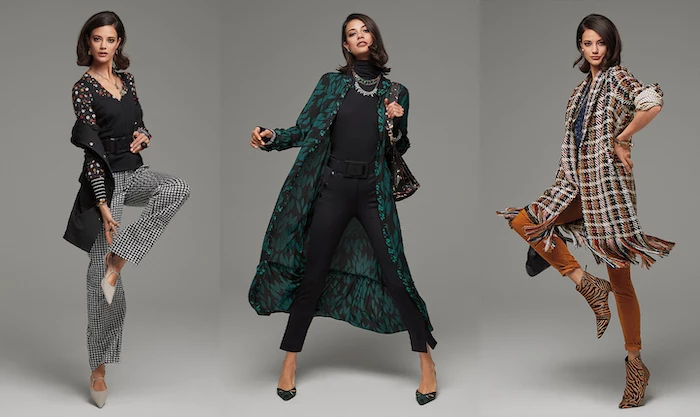
Look beyond the silhouette and consider the hardware. Swapping the standard plastic buttons on a coat or blazer for something more luxurious—like horn, metal, or leather-covered buttons—is a simple, cost-effective alteration that can make a high-street find look like a designer piece. It’s a five-minute DIY project with maximum impact.
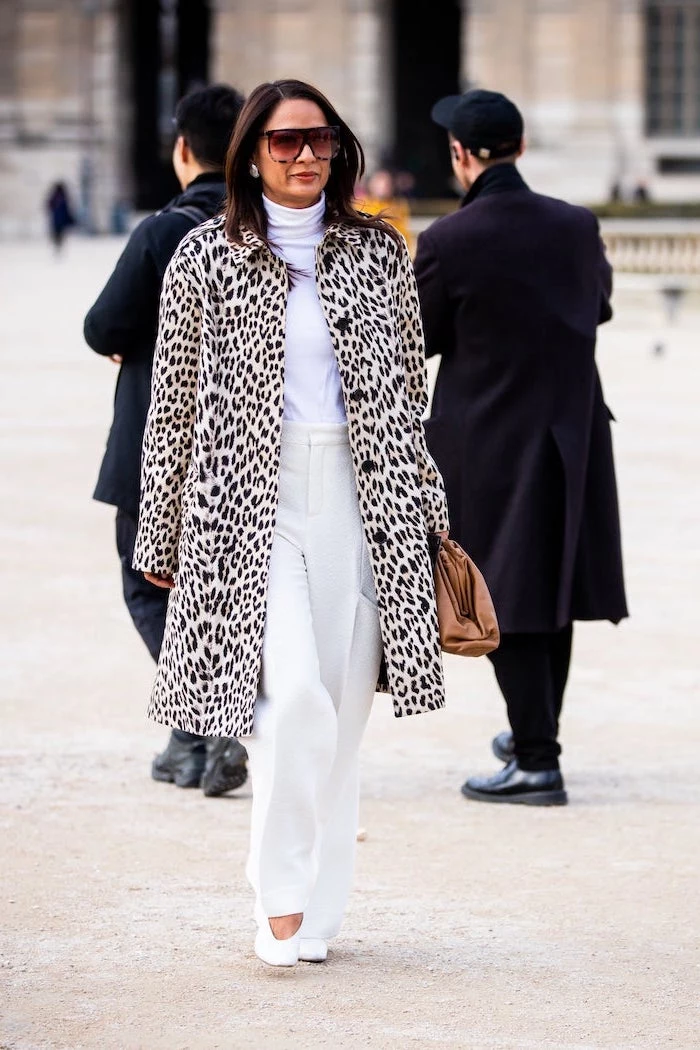
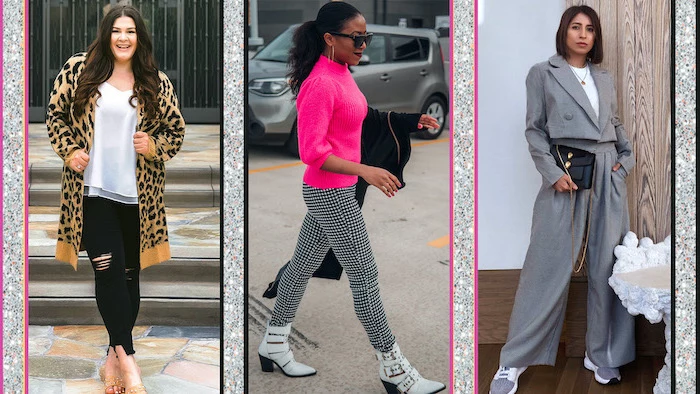
The unsung hero of autumn comfort is the sock. A cheap, thin cotton sock inside a beautiful leather boot will leave your feet cold and damp. Invest in a few pairs of quality socks in merino wool, cashmere blends, or even thick-gauge cotton. Brands like Falke or Bombas offer options that provide serious warmth without adding uncomfortable bulk, ensuring your investment boots feel as good as they look.
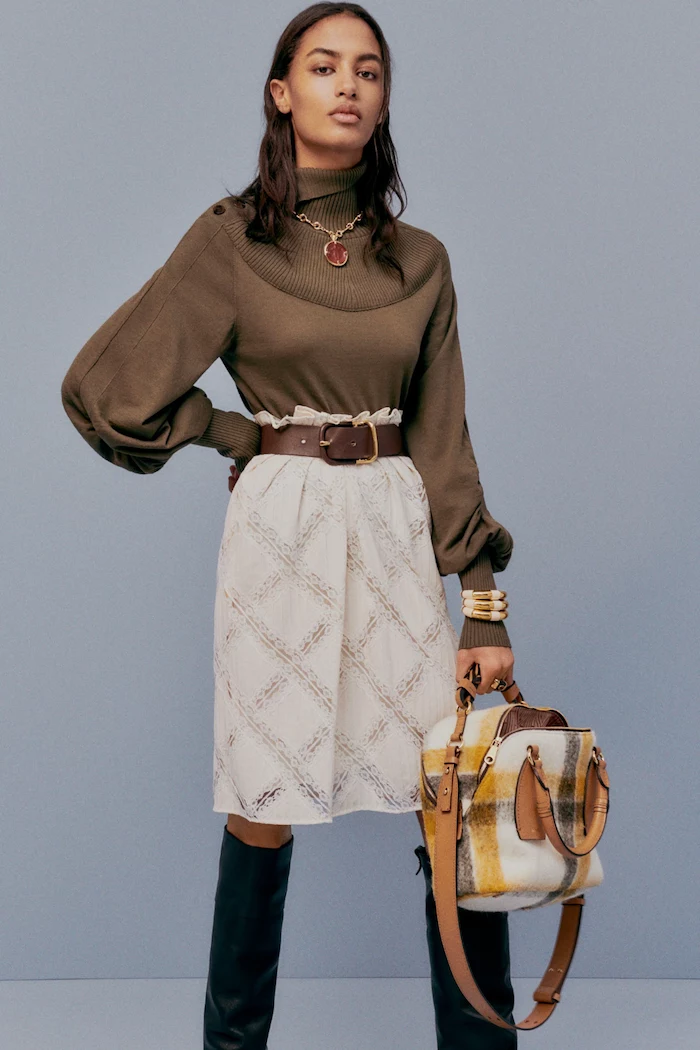
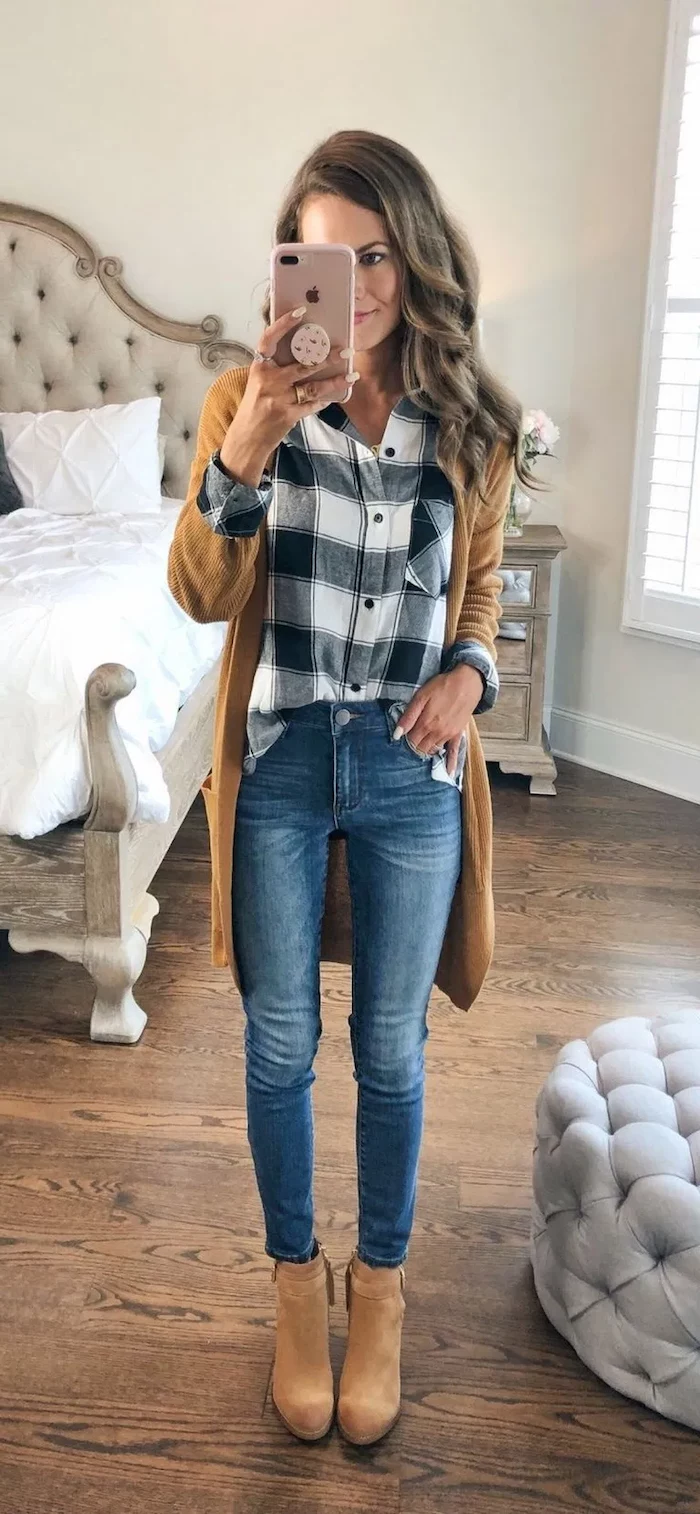
Before you buy that trendy but delicate item, do a quick mental calculation: the ‘Cost Per Wear’. Simply divide the price of the item by the number of times you realistically think you’ll wear it over its lifetime. A $400 wool coat worn 100 times is $4 per wear. A $60 fast-fashion top worn three times is $20 per wear. This simple logic often reveals where the true value lies.
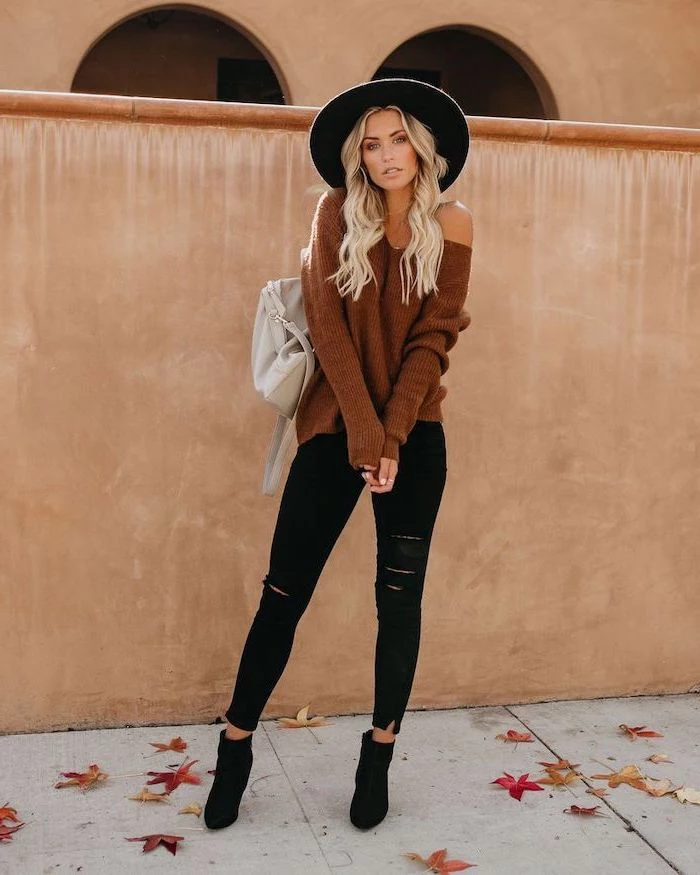
The secret to great layering: Vary your materials. A successful layered look is a masterclass in texture. Think about combining different surfaces to create visual interest without adding excessive bulk. Try pairing a silky camisole with a chunky knit cardigan, or a crisp cotton shirt under a soft merino sweater. The contrast between smooth and rough, or fine and heavy, is what makes the outfit feel intentional and luxurious.
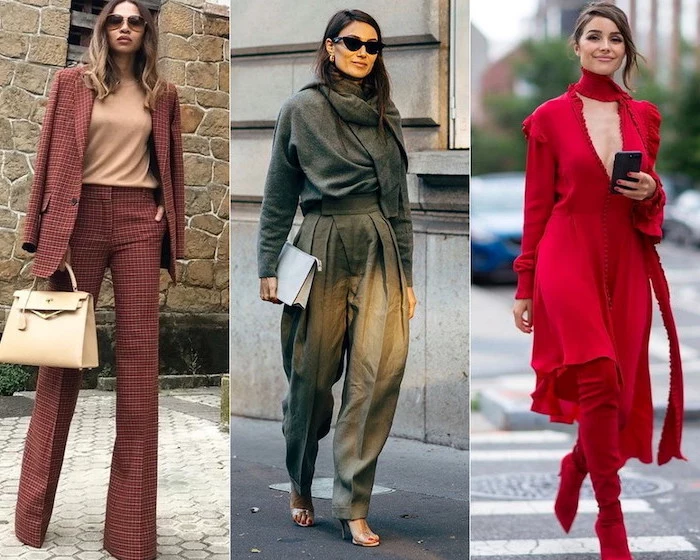
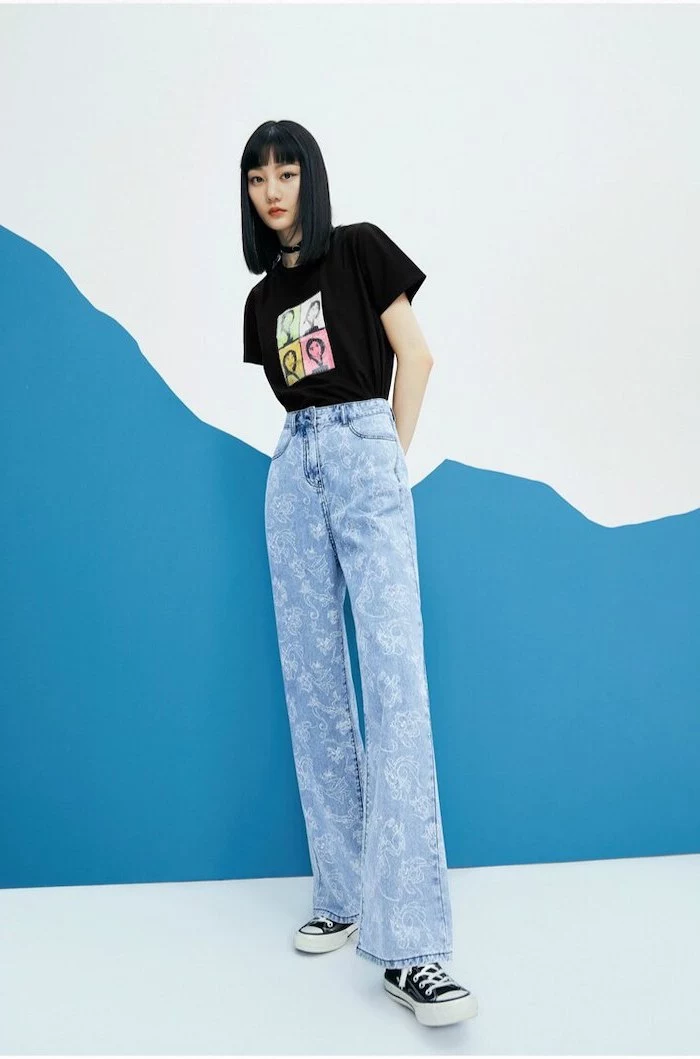
- A Suede Brush & Eraser: Essential for lifting dirt and restoring the nap on suede boots and bags.
- A Pilling Comb or Fabric Shaver: Gently removes bobbles from sweaters, making them look new again.
- Leather Conditioner: A small tin of a quality conditioner like Saphir Renovateur can revive scuffed shoes and dry bags.
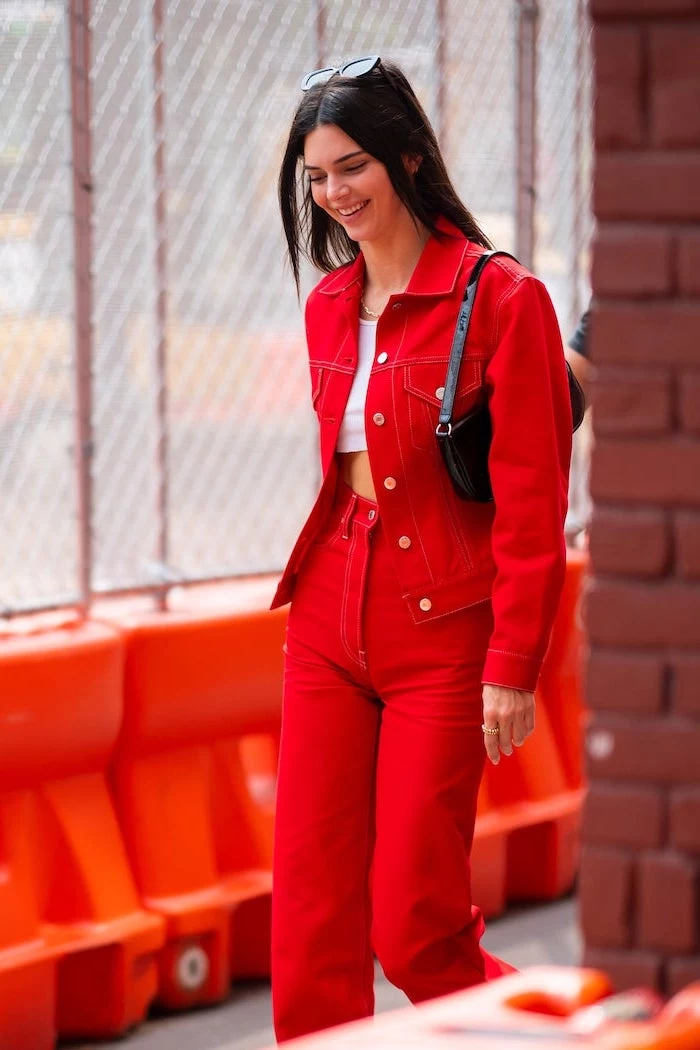
A well-chosen scarf does more than just provide warmth; it frames the face and adds a finishing touch. Instead of a flimsy acrylic, consider a large modal or wool-blend scarf. The generous size allows for versatile styling—draped over the shoulders of a dress on a mild day or wrapped snugly around the neck when the wind bites. Look to brands like A.P.C. or Acne Studios for timeless options that feel as good as they look.
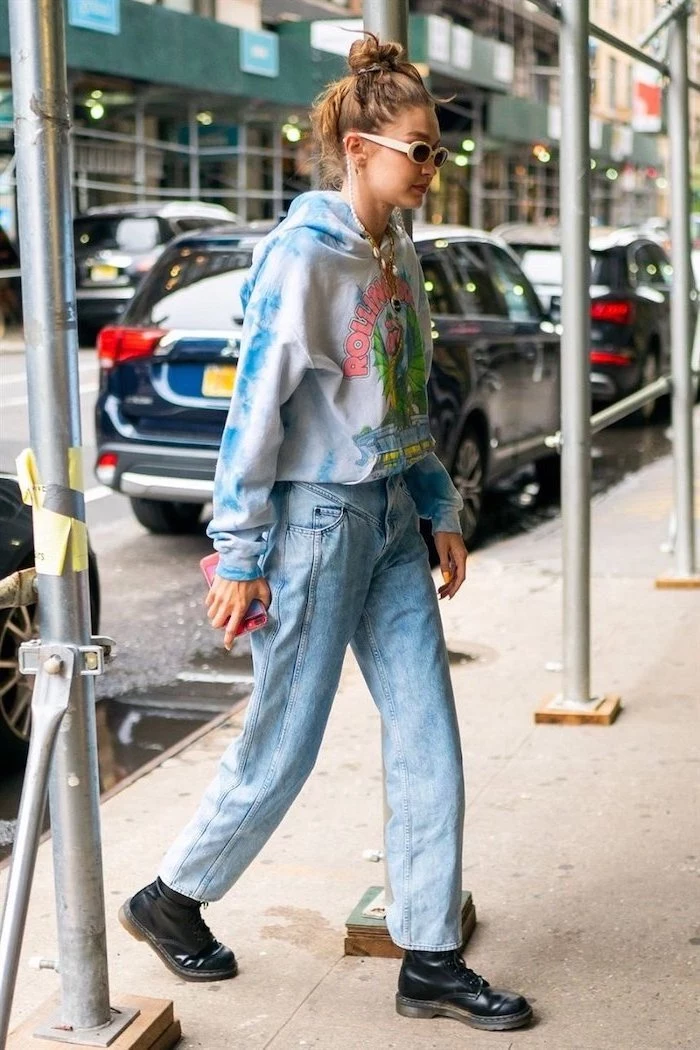
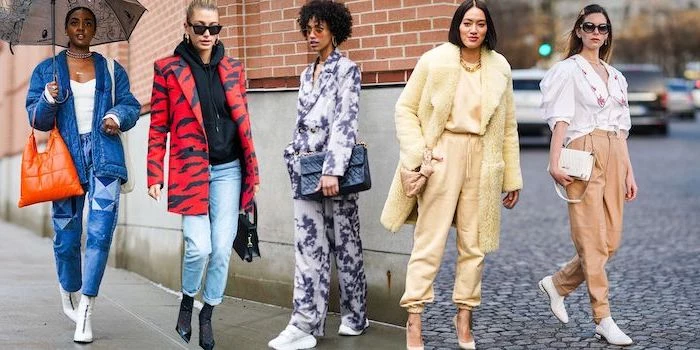
Are expensive, well-made boots really worth the investment?
Absolutely, and the magic is in the construction. Look for boots with a ‘Goodyear welt’ or ‘Blake stitch’ construction. This means the sole is stitched, not just glued, to the upper part of the boot. Not only does this make them more durable and water-resistant, but it also means a cobbler can easily replace the sole. A pair of Goodyear-welted boots from a brand like Red Wing or Thursday Boot Company can last for decades with proper care, making them far more sustainable than their fast-fashion counterparts.
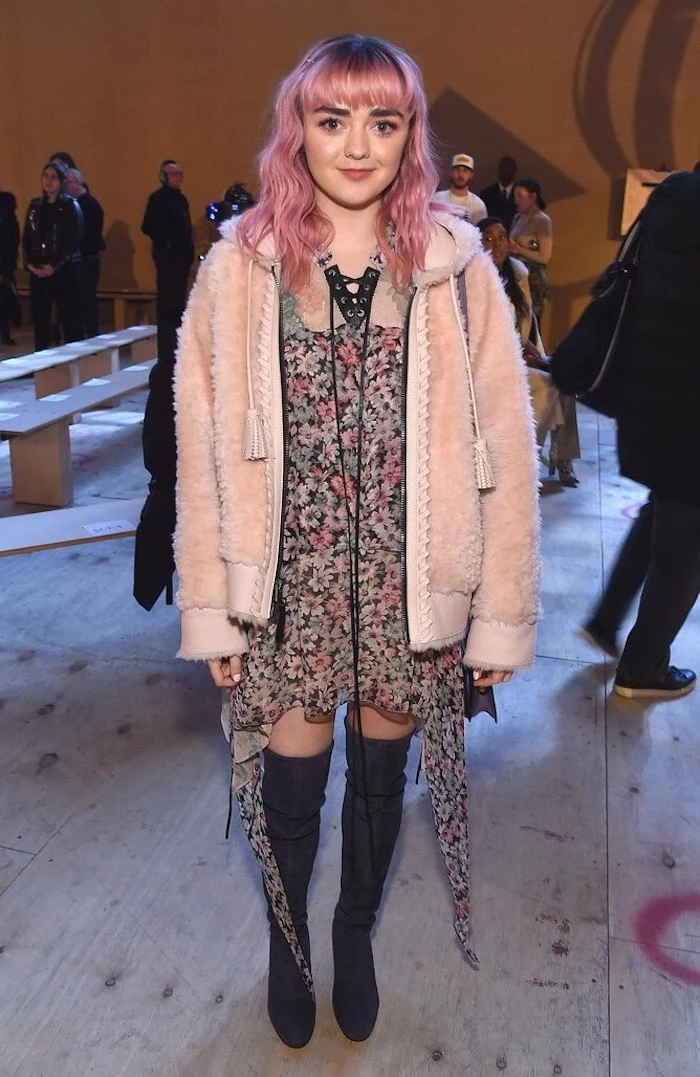
Don’t underestimate the power of a perfect fit, especially in foundational pieces like trousers or a good coat. A small investment with a local tailor can transform a good garment into a great one. Having the sleeves of a blazer shortened to reveal a sliver of cuff or getting the hem of your jeans just right to meet the top of your ankle boots makes a world of difference. It’s the secret to that effortlessly polished look.
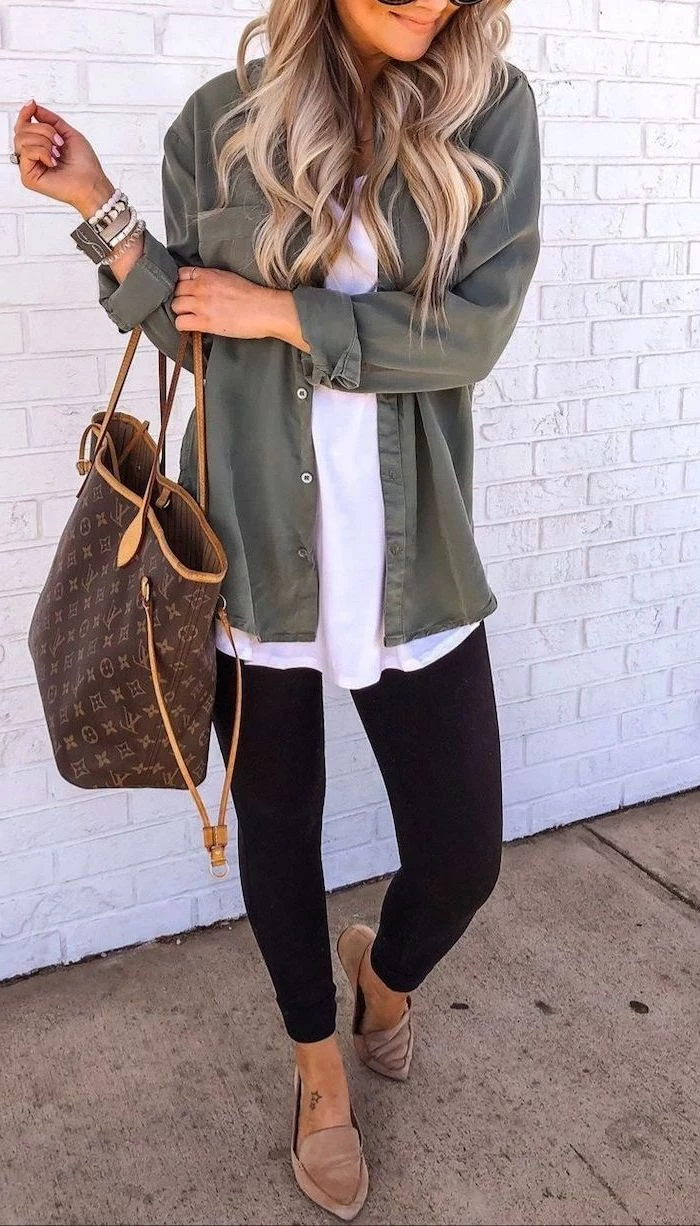
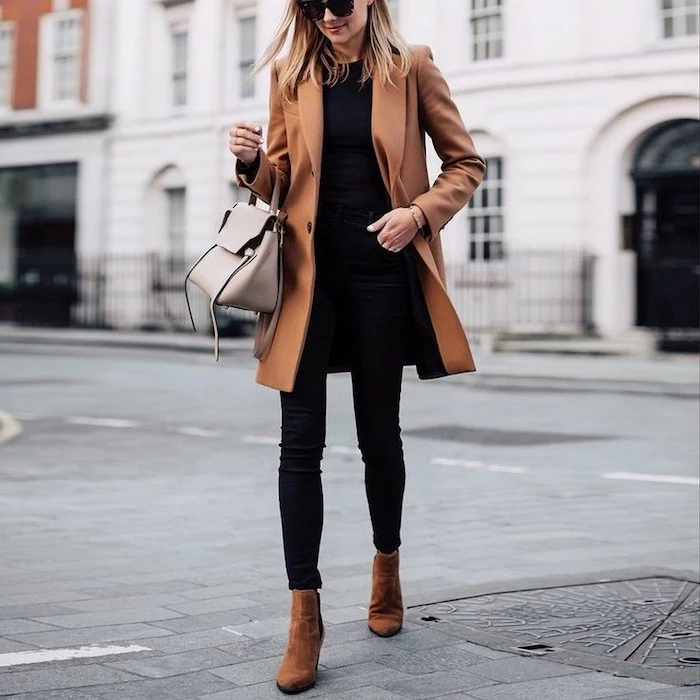
A single silk blouse is one of the most versatile layering pieces you can own for autumn.
Unlike cotton, its smooth surface doesn’t cling to wool or cashmere, allowing sweaters and cardigans to drape beautifully over it without bunching. It adds a touch of luxury at the collar and cuffs, and its natural breathability means you won’t overheat when you step indoors. It’s the perfect elegant base layer.
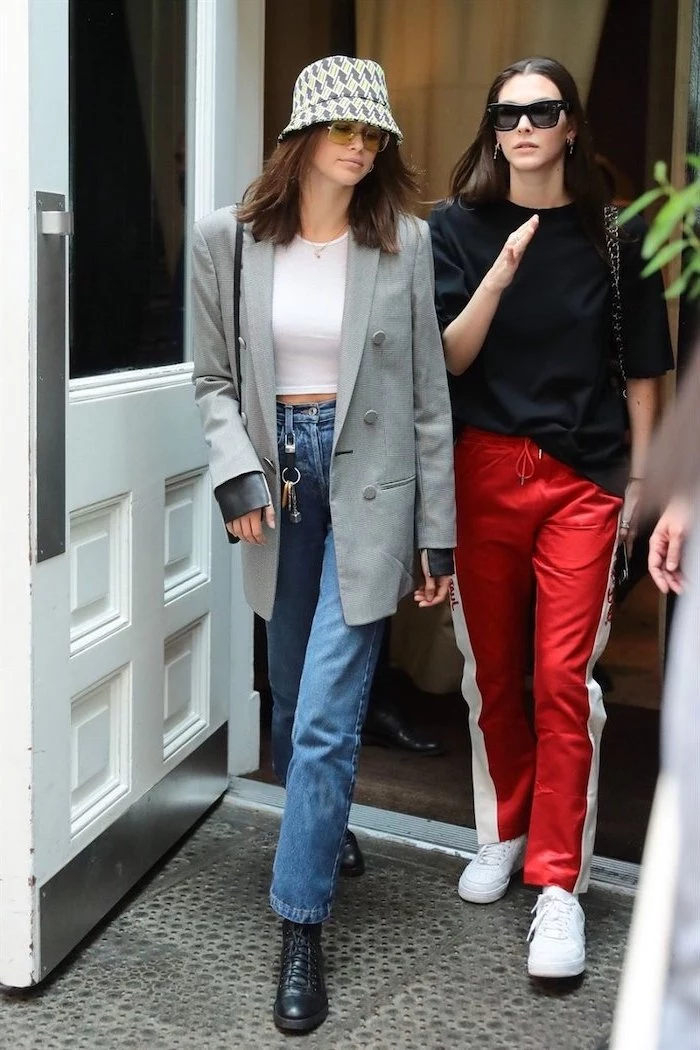
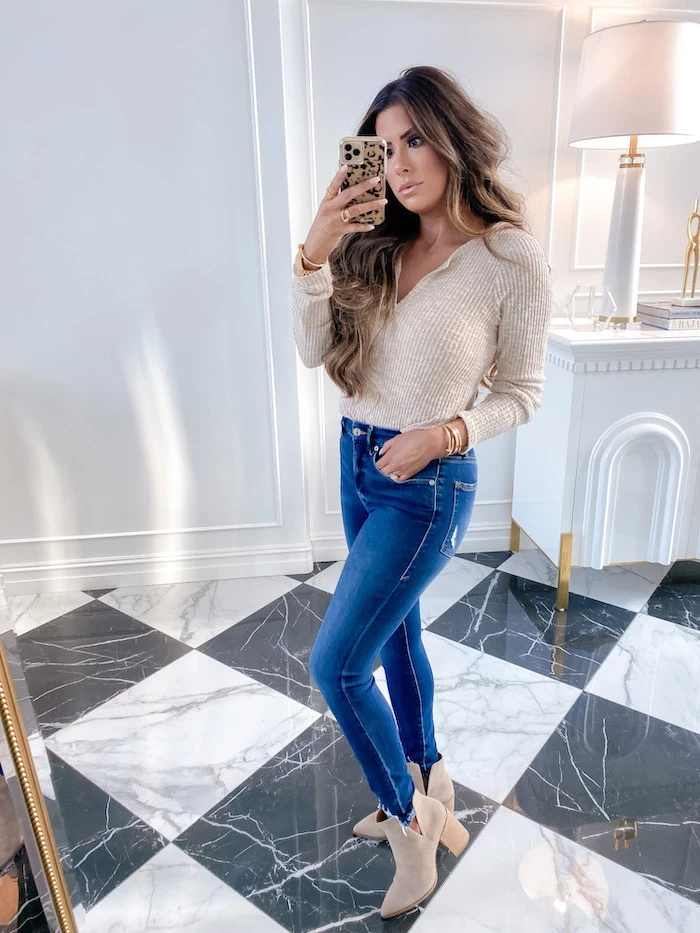
True leather doesn’t just wear out; it wears in. High-quality leather develops a ‘patina’ over time—a unique sheen and subtle color variation created through use, exposure to sunlight, and the oils from your skin. This is why a vintage leather jacket or a well-loved bag often has more character than a new one. Don’t fear the scuffs and marks; they’re part of your story.
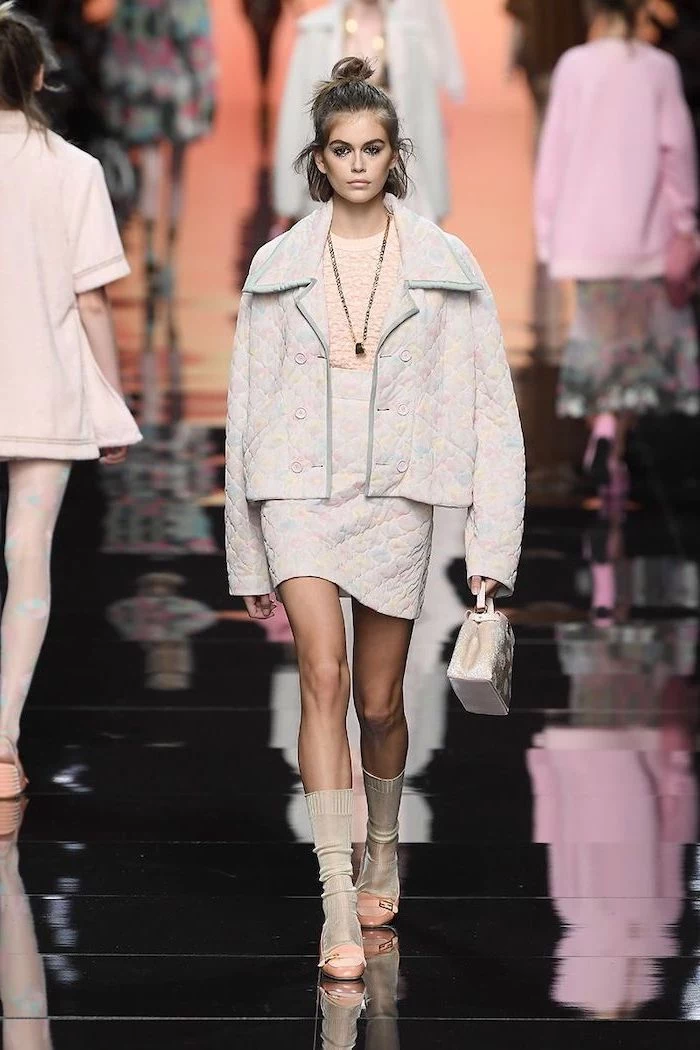
A Common Mistake: Forgetting about proportions. An oversized sweater is cozy, but pairing it with wide-leg trousers can drown your frame. The key to modern styling is balance. If you’re going for volume on top with a chunky knit or a big blazer, opt for a slimmer silhouette on the bottom, like a straight-leg jean or a simple slip skirt. Conversely, balance wide-leg or flared trousers with a more fitted top.
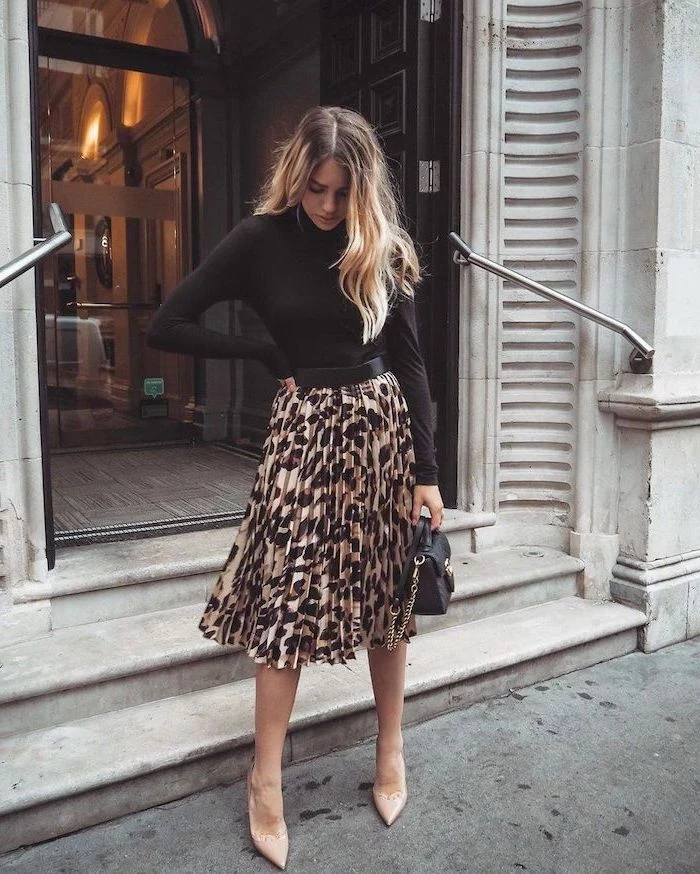
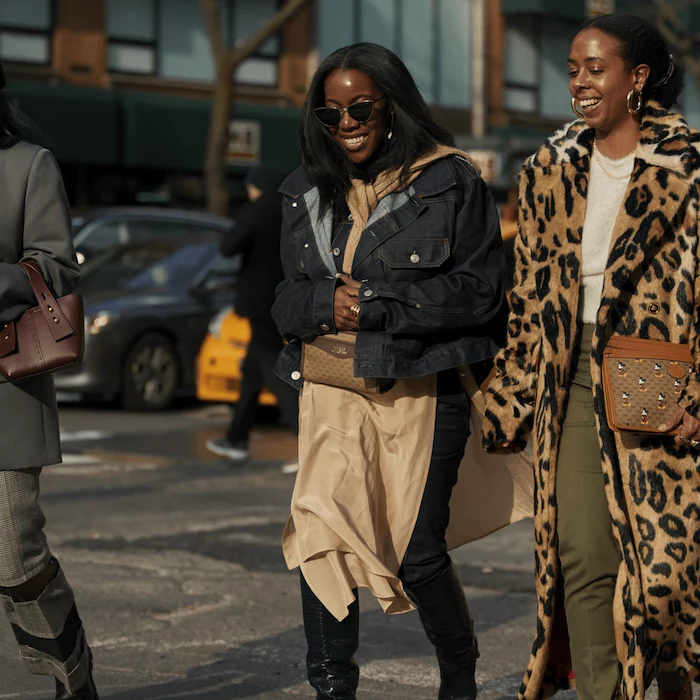
Embrace the Scandinavian concept of *hygge* in your wardrobe. It’s not just about cozy home interiors; it’s a feeling of contentment and well-being. In clothing, this translates to prioritizing sensory pleasure. Think of the feeling of pulling on a soft, weighty cashmere sock, the comforting embrace of a perfectly worn-in wool coat, or the security of a sturdy, waterproof boot. Dress for your own comfort and joy, not just for an audience.
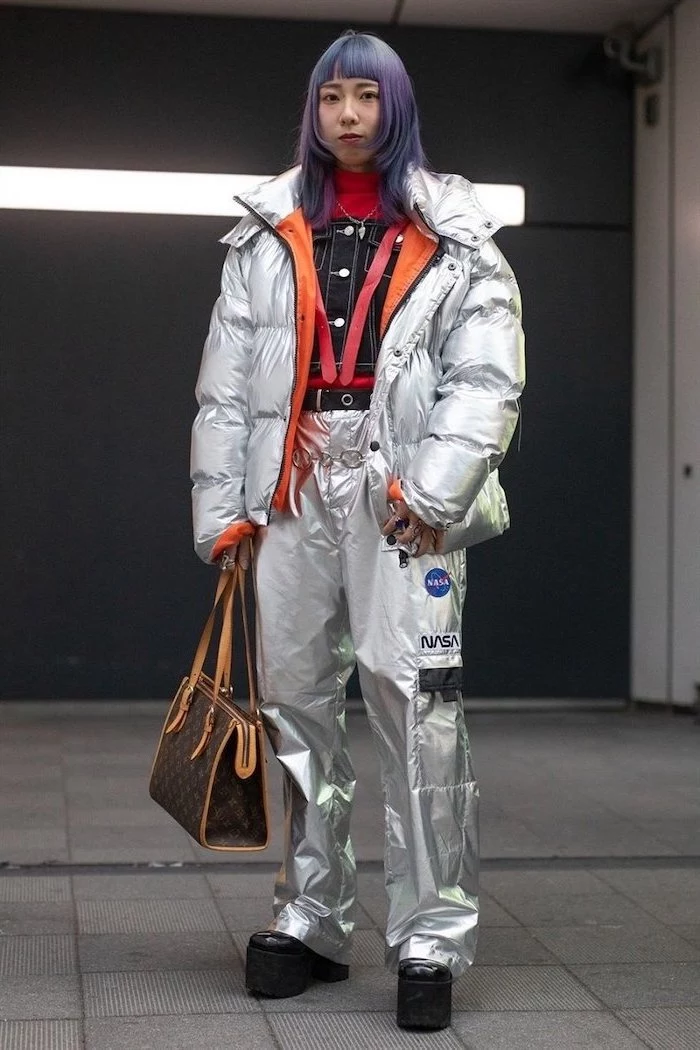
- Classic Tuck: Half-tuck the front into high-waisted dark denim and pair with ankle boots for an effortlessly chic look.
- Open Layer: Wear it unbuttoned over a simple black turtleneck and leather-look leggings.
- Belted Dress: Cinch it at the waist with a statement leather belt, creating a shirt-dress to wear with knee-high boots.
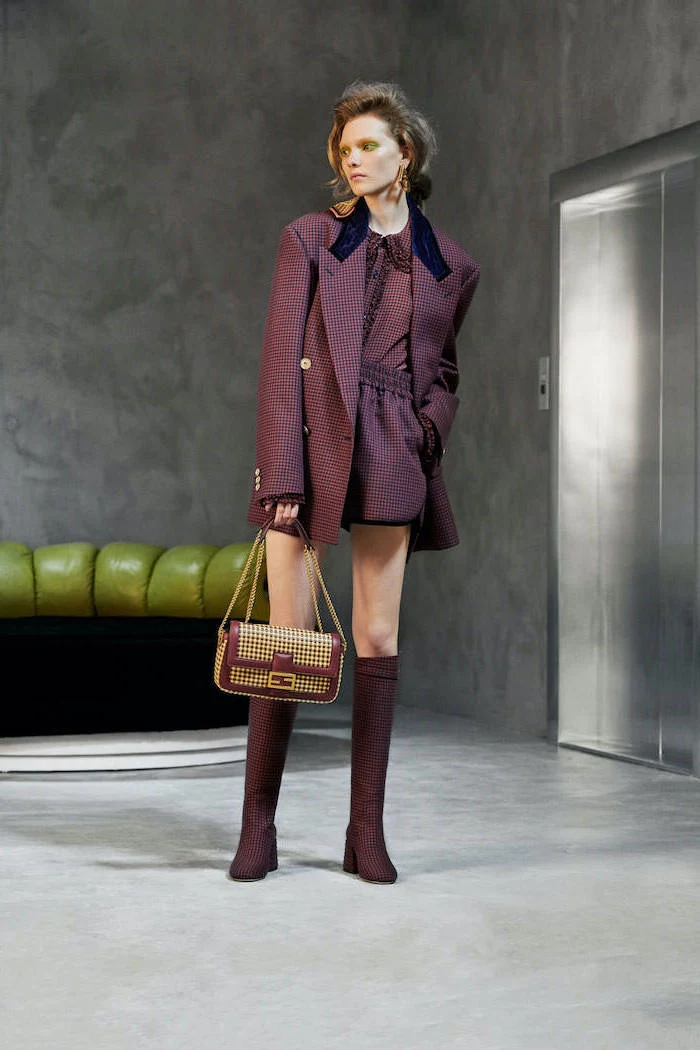
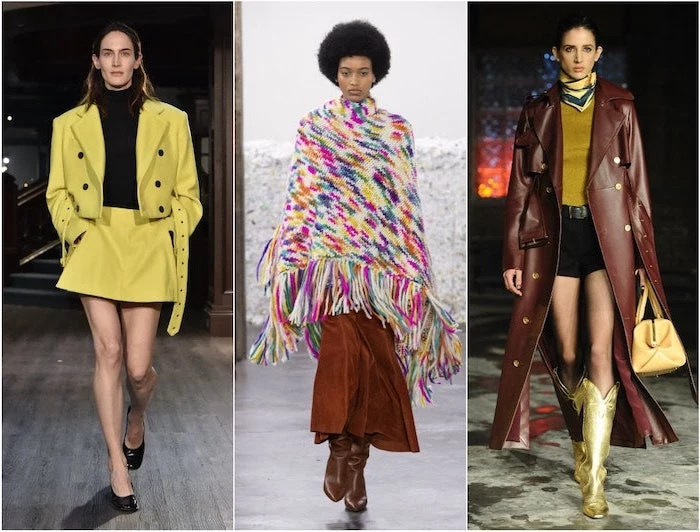
The Waterproofing Ritual: Before you wear your new leather or suede boots out into the damp autumn weather, take ten minutes to protect them. A quality waterproofing spray, like one from Collonil, creates an invisible barrier against rain and stains. Apply one light, even coat, let it dry completely for about 30 minutes, then apply a second. This simple ritual can prevent water marks and dramatically extend the life of your favorite footwear.
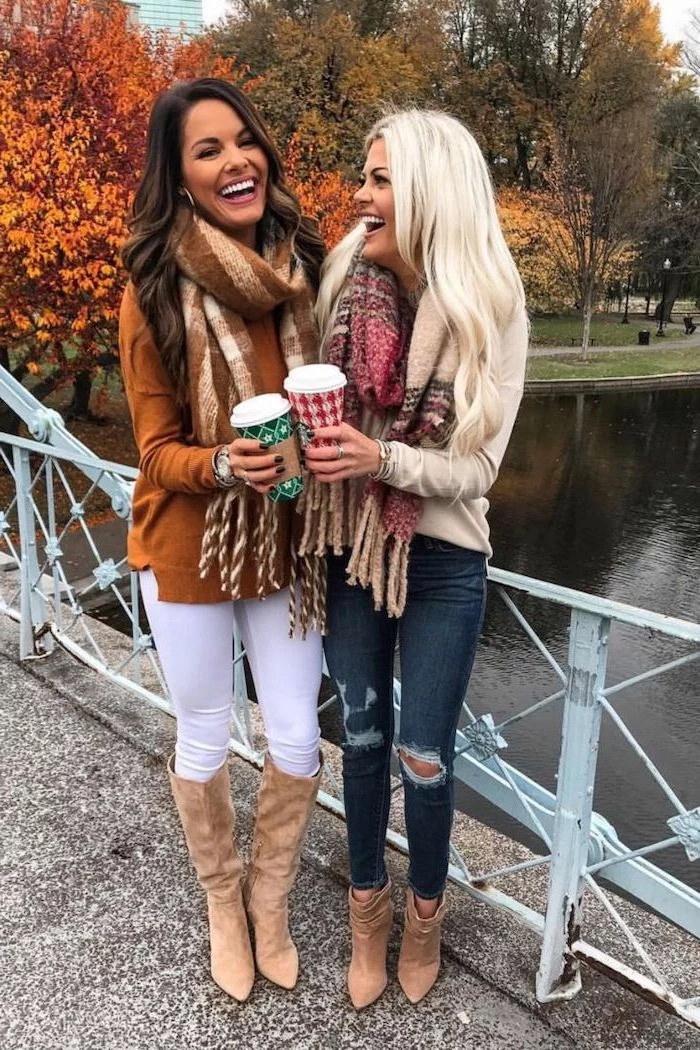
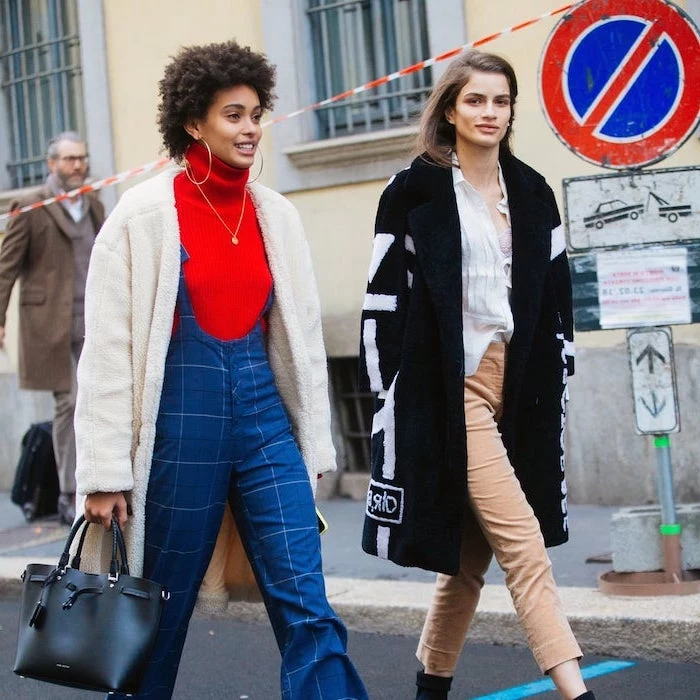
The right handbag can anchor your entire autumn look. Instead of a trendy micro-bag, consider investing in a structured leather tote or crossbody that’s built to last. A brand like Polène or Cuyana offers minimalist designs in rich, autumnal tones that are both practical for everyday and chic enough for the evening. Look for quality hardware and a lined interior—signs that it’s made to endure seasons of use.
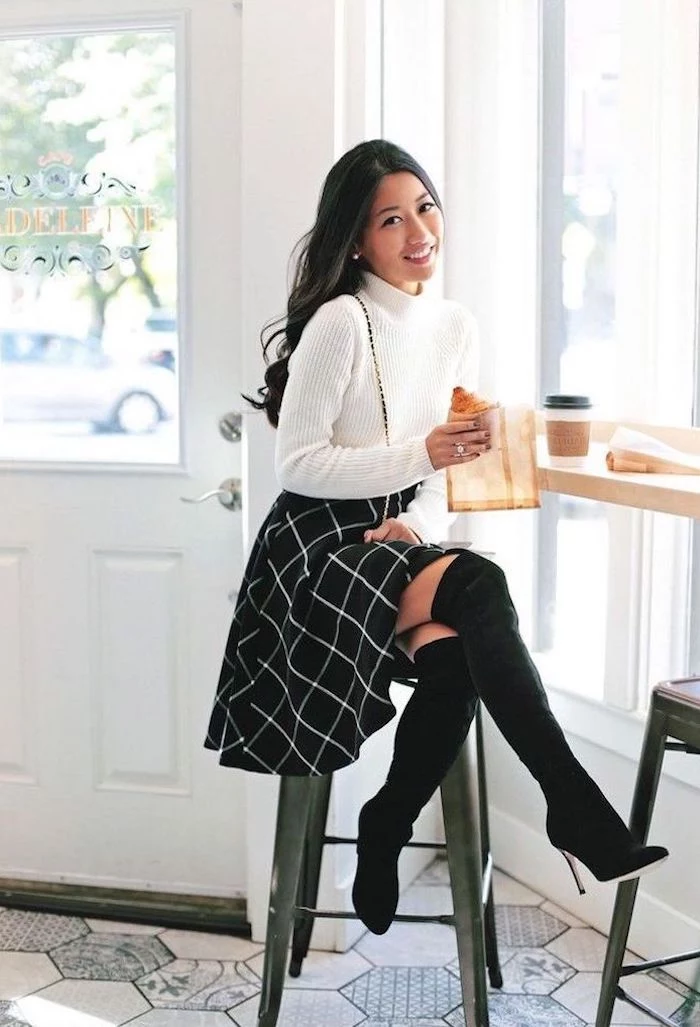
Globally, we wear our clothes 40% less than we did just ten years ago.
Building a lasting wardrobe is a direct counter-movement to this trend. It’s about reconnecting with our clothes, choosing pieces we want to wear again and again, and valuing the craftsmanship that allows them to last. Each wear deepens the story of the garment.
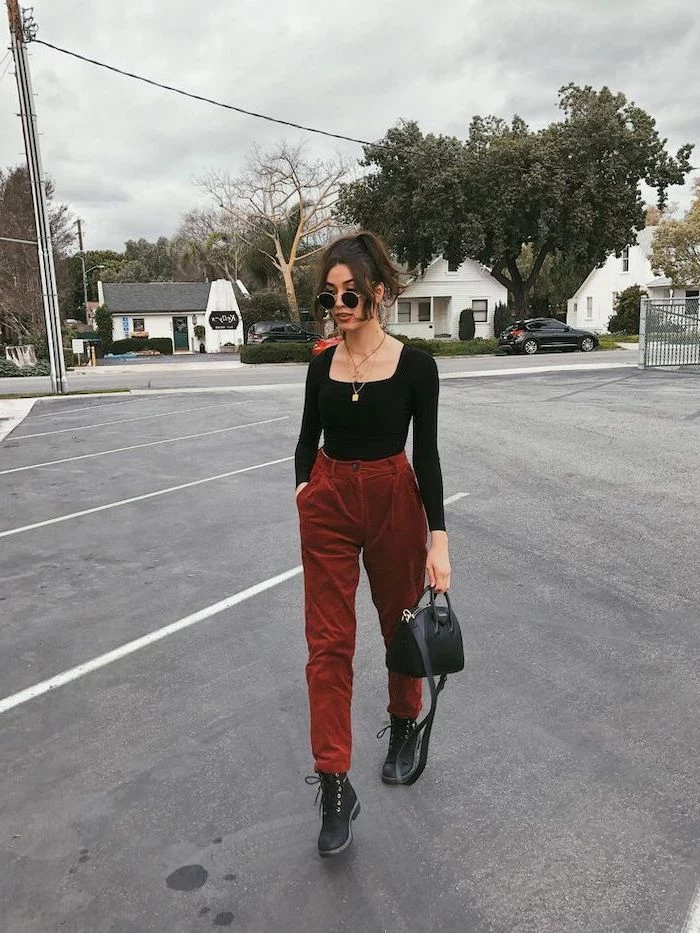
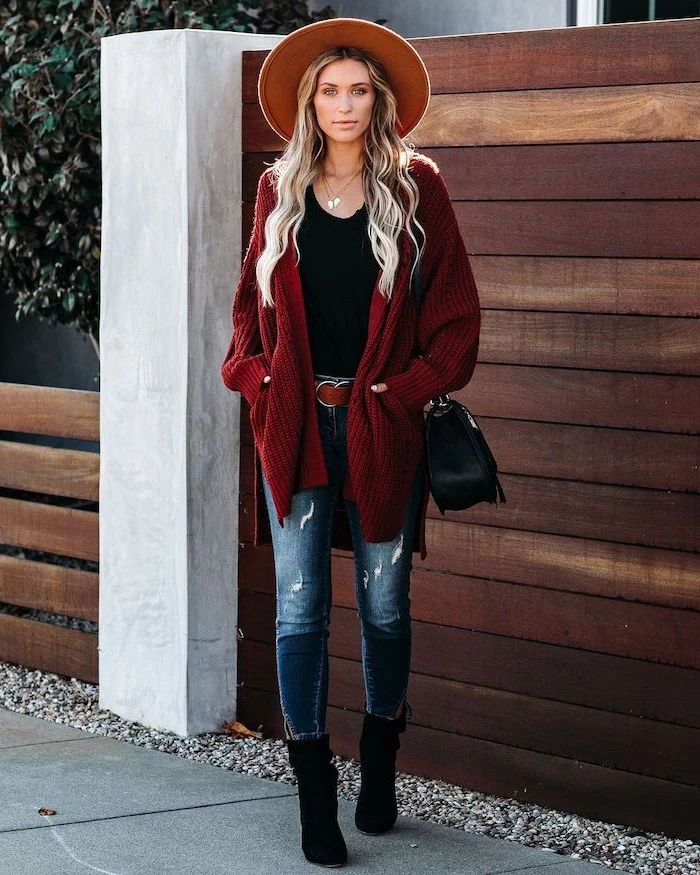
Is it possible to find quality pieces on a budget?
Yes, by shopping smarter, not harder. Explore high-end consignment platforms like The RealReal or Vestiaire Collective, where you can find designer wool coats or leather goods for a fraction of their original price. Learn the dates of seasonal sales at brands you admire and shop with a specific list. The key is to hunt for the same markers of quality—natural fibers, solid construction, timeless design—but at a more accessible price point.
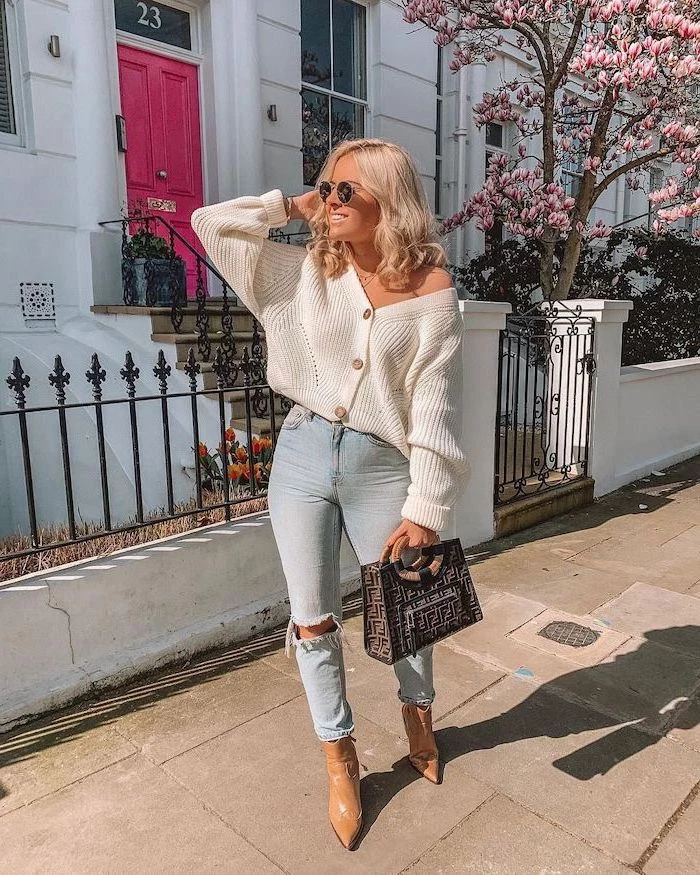
Go beyond the obvious autumn palette. While rich burgundies, mustards, and forest greens are beautiful, don’t be afraid to introduce unexpected colors. A pop of cobalt blue in a sweater, a soft lavender scarf, or a pair of cream-colored trousers can break up the darker tones and add a modern, refreshing feel to your look. These surprising hues feel especially sophisticated against a backdrop of classic camel or grey.
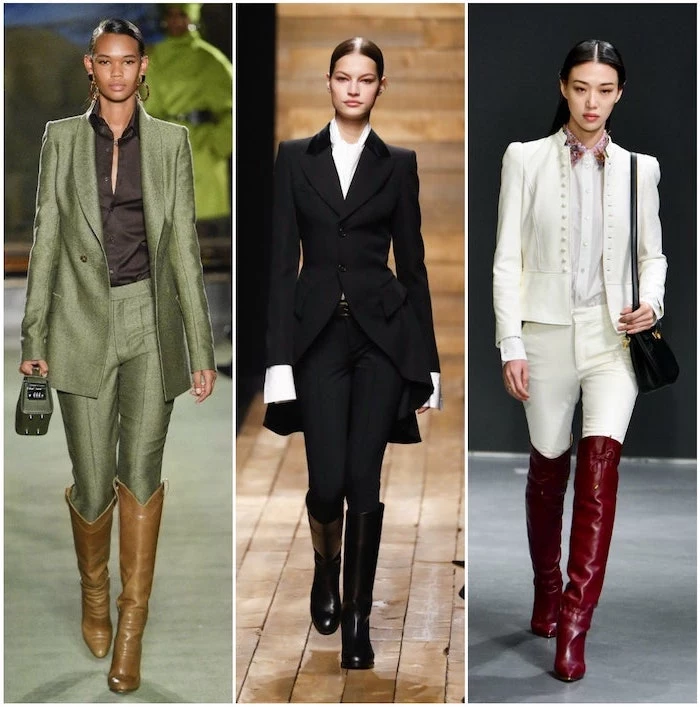
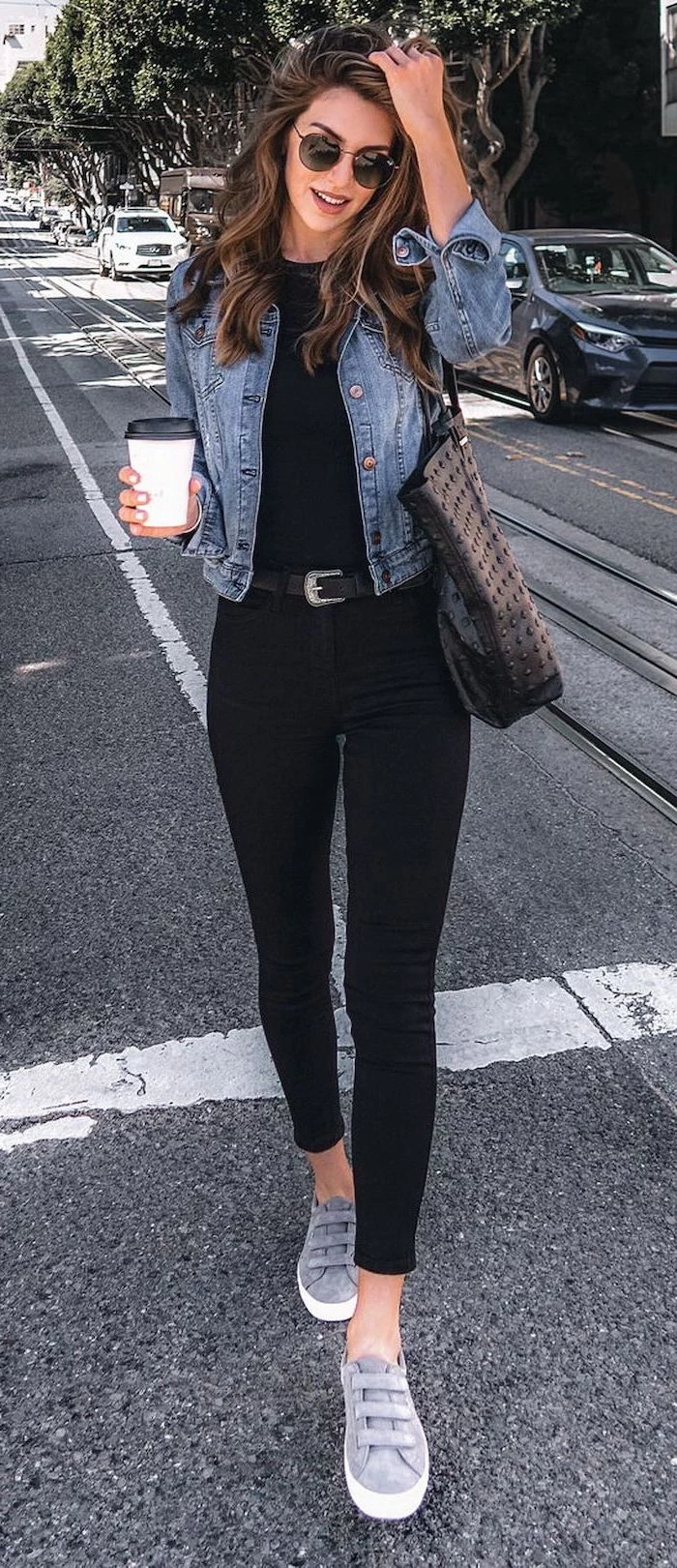
- They mold perfectly to the shape of your foot over time.
- They can be resoled multiple times, extending their life for years.
- They offer better support and protection from the elements.
The secret? A simple care routine. Wiping them down after wet weather and applying a quality leather conditioner every few months keeps the material supple and prevents cracking.
Important point: A coat’s lining is just as important as its shell. A beautiful wool coat lined with cheap, non-breathable polyester can feel clammy and uncomfortable. Look for linings made from Bemberg (a high-quality rayon that breathes like silk), viscose, or cupro. It’s a small detail that makes a huge difference in how a garment feels to wear all day long.

